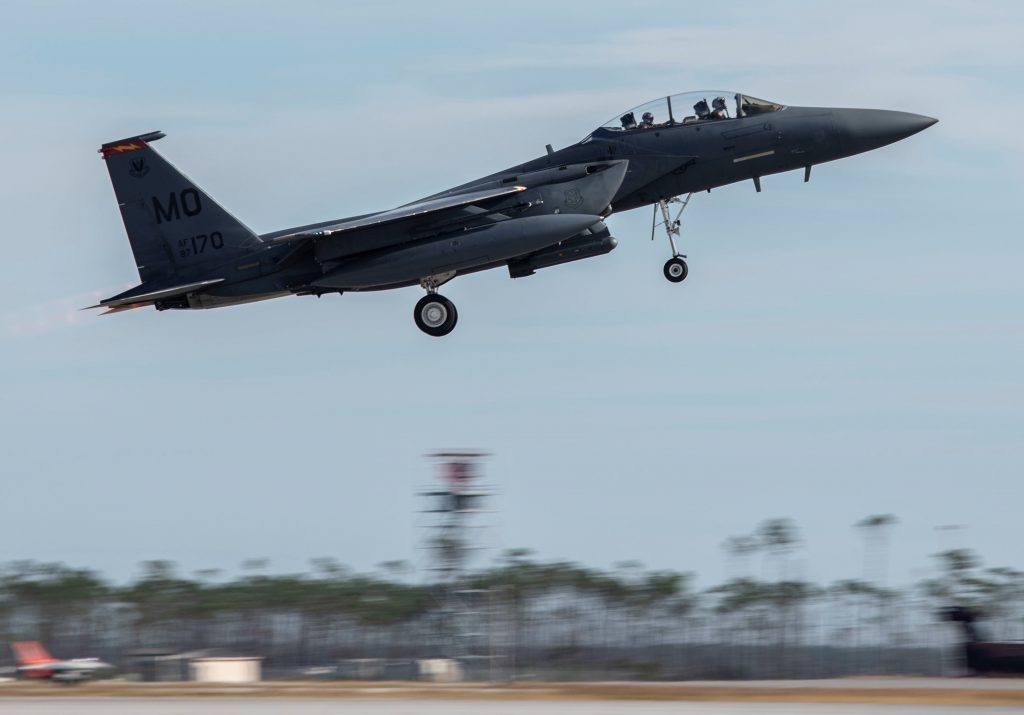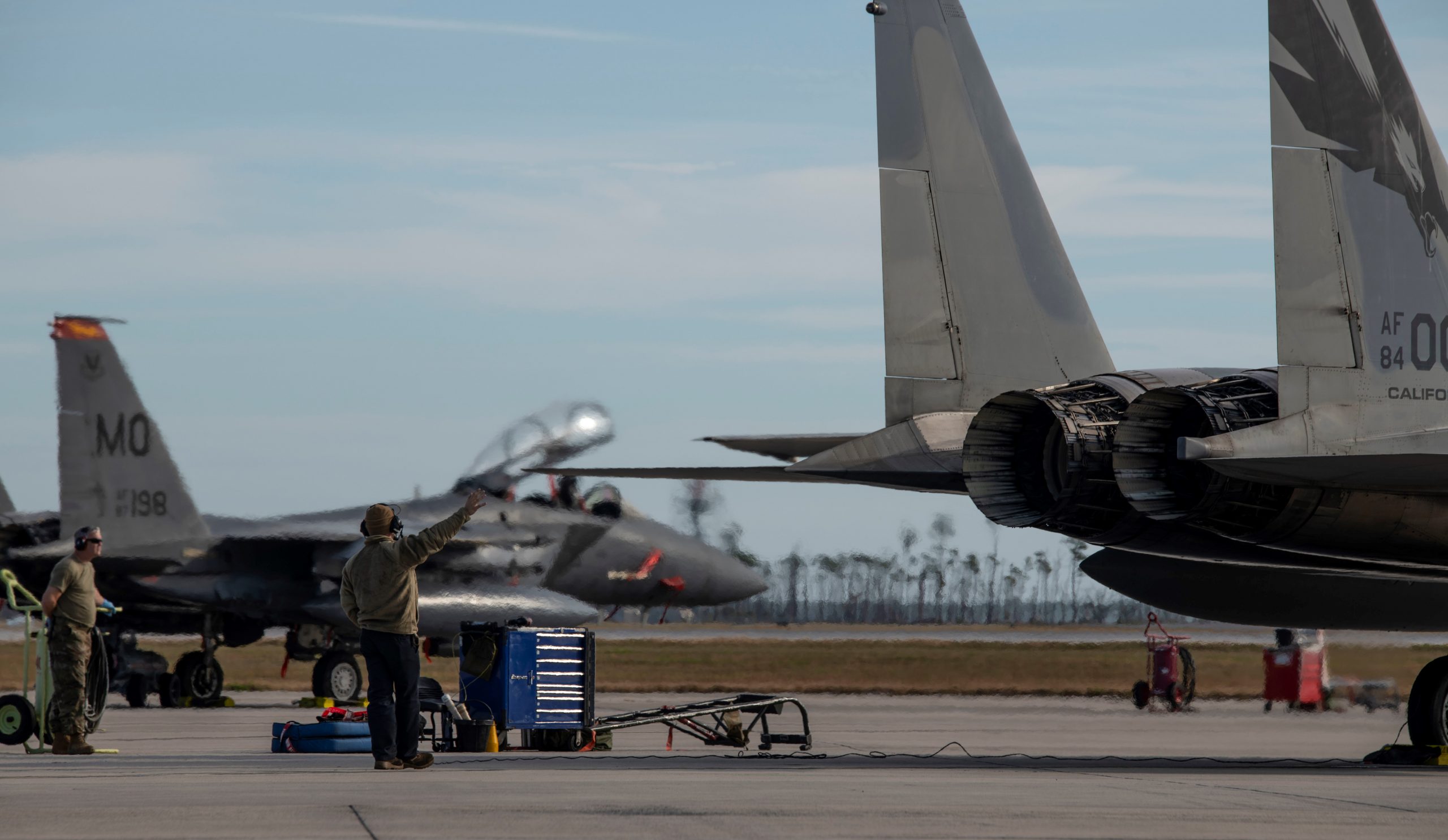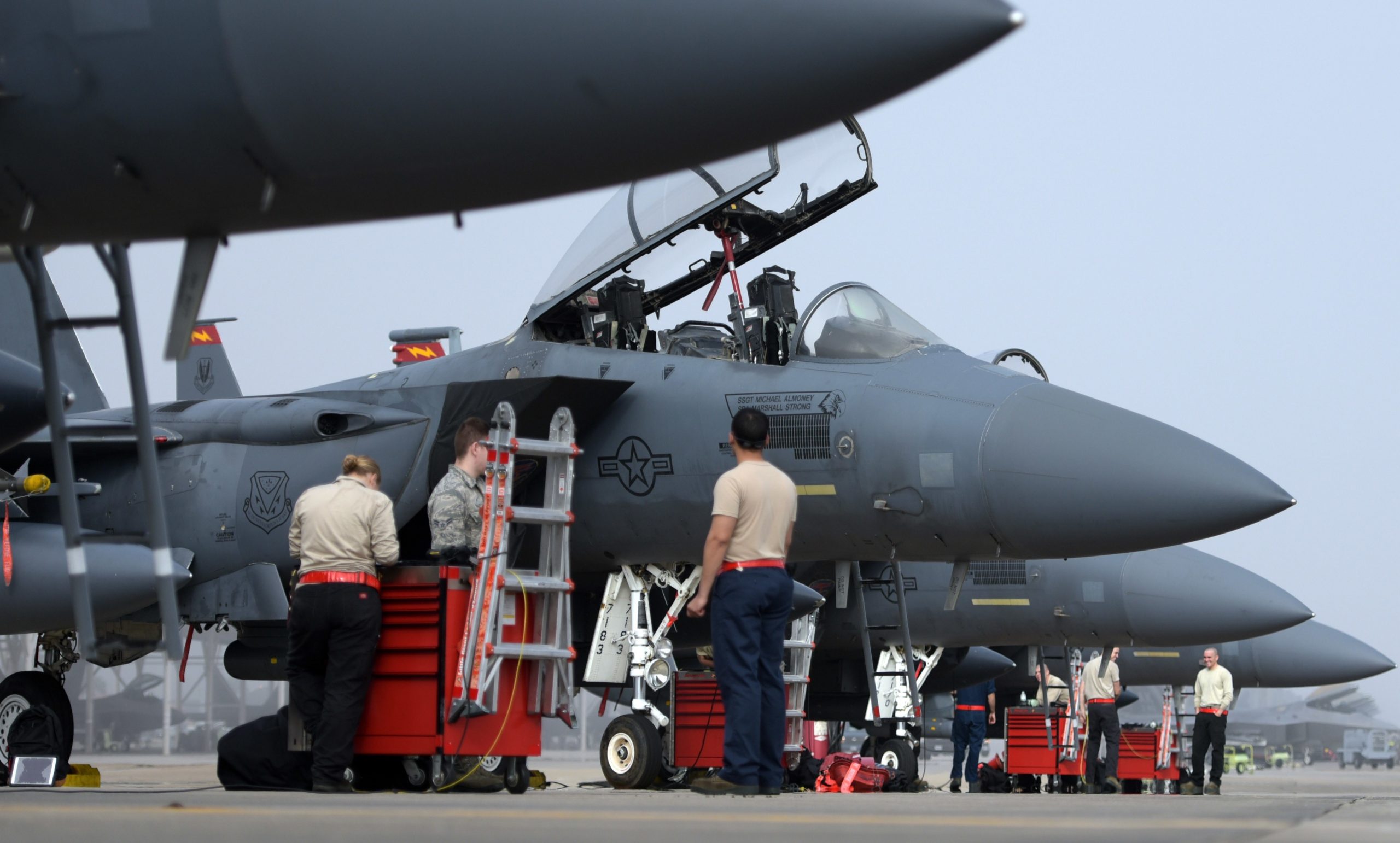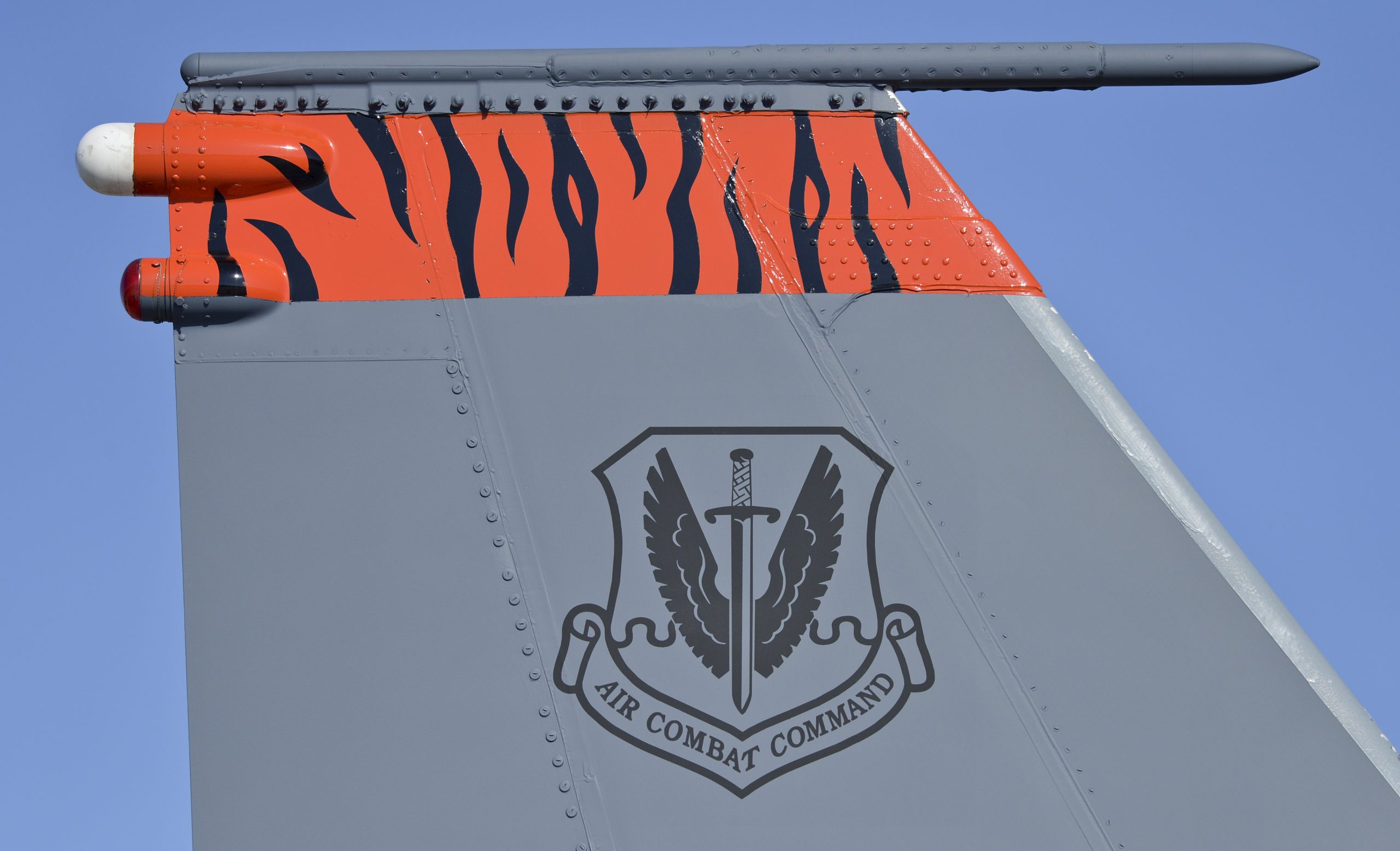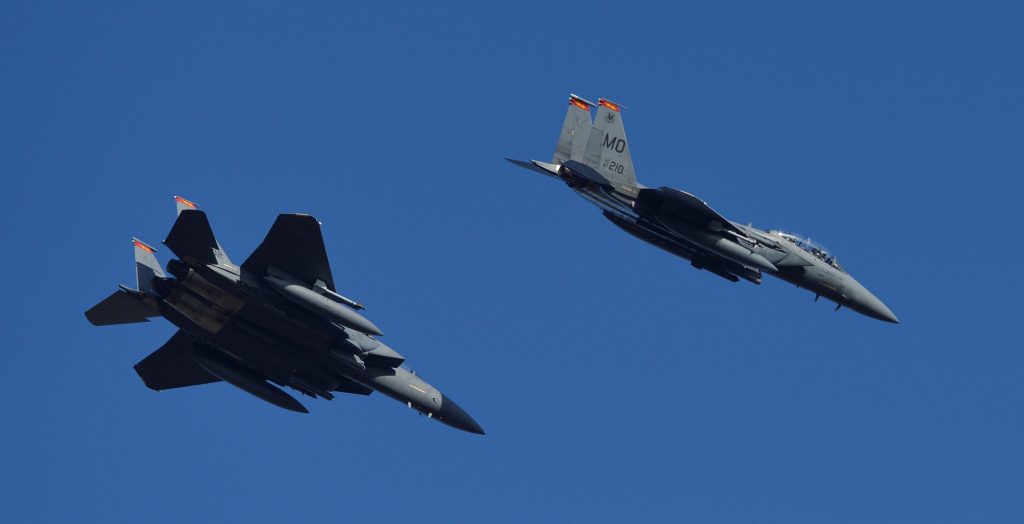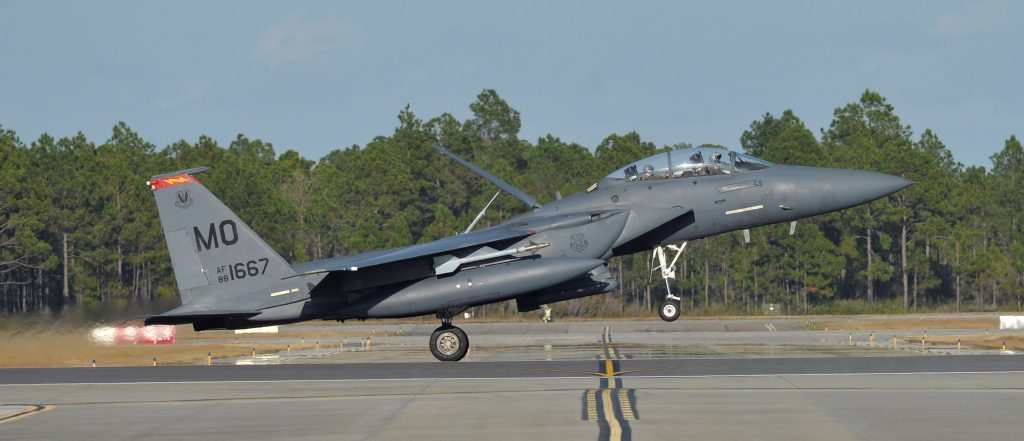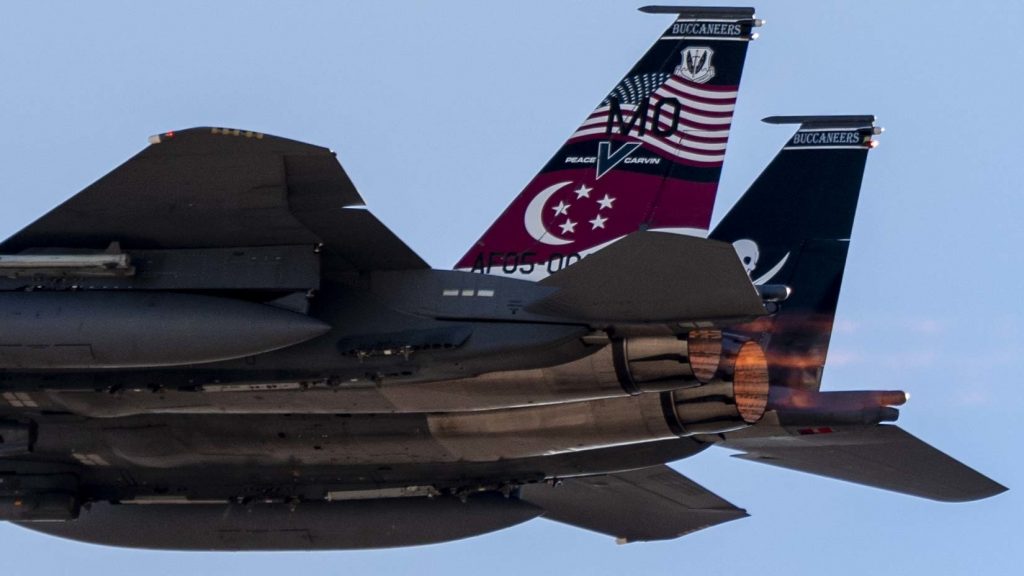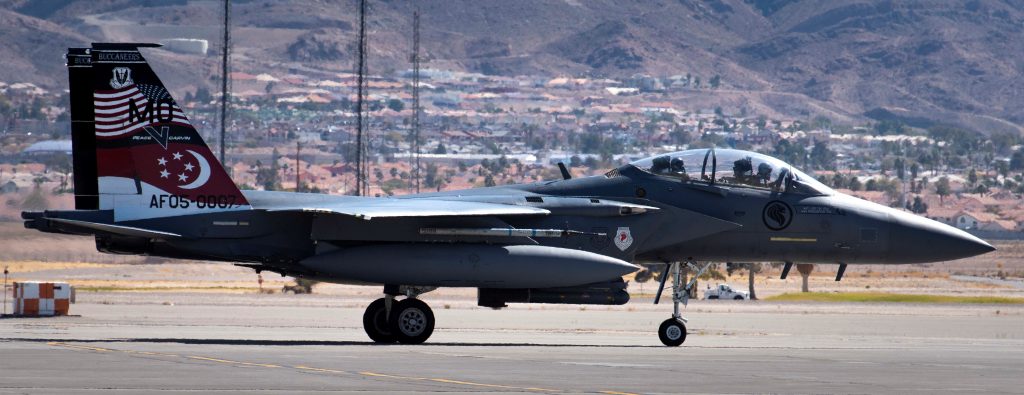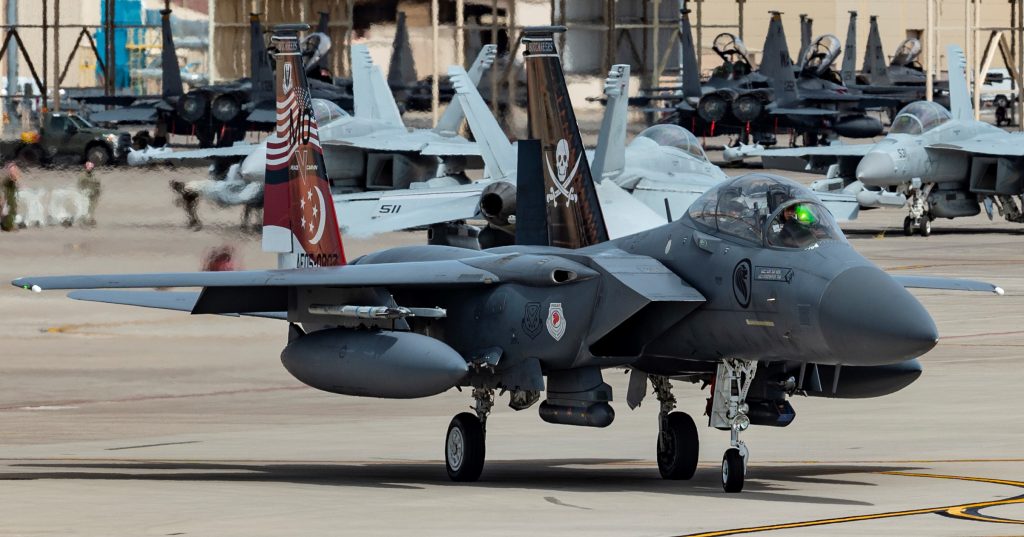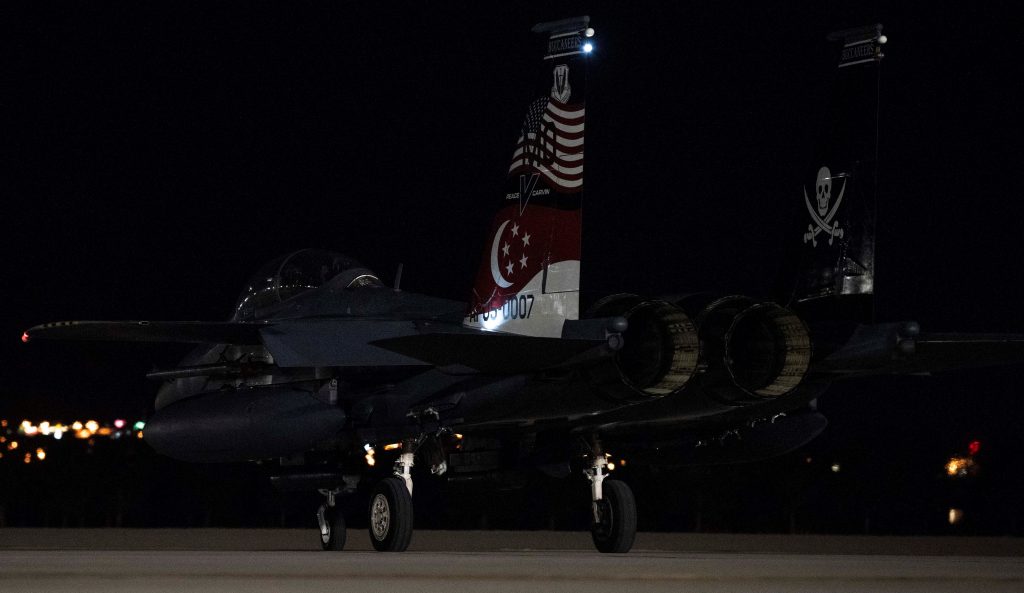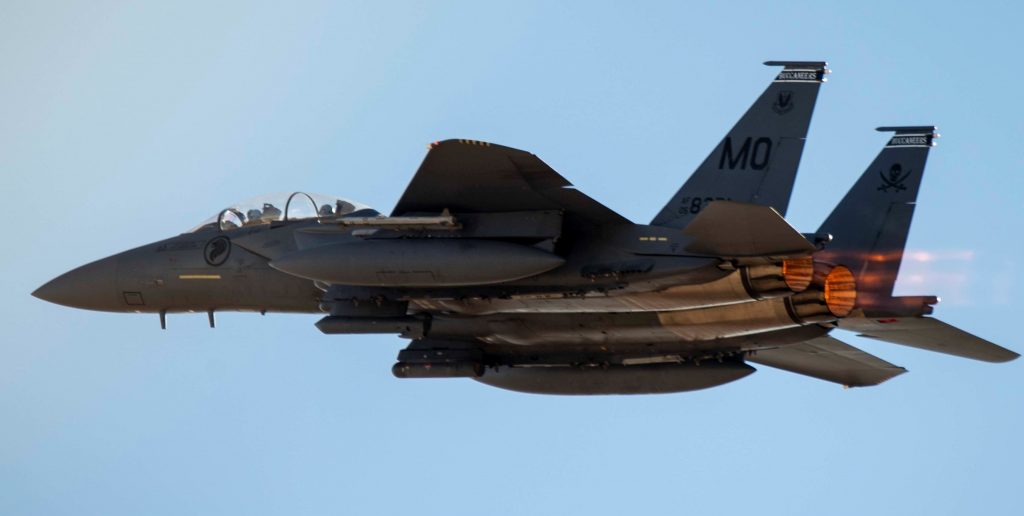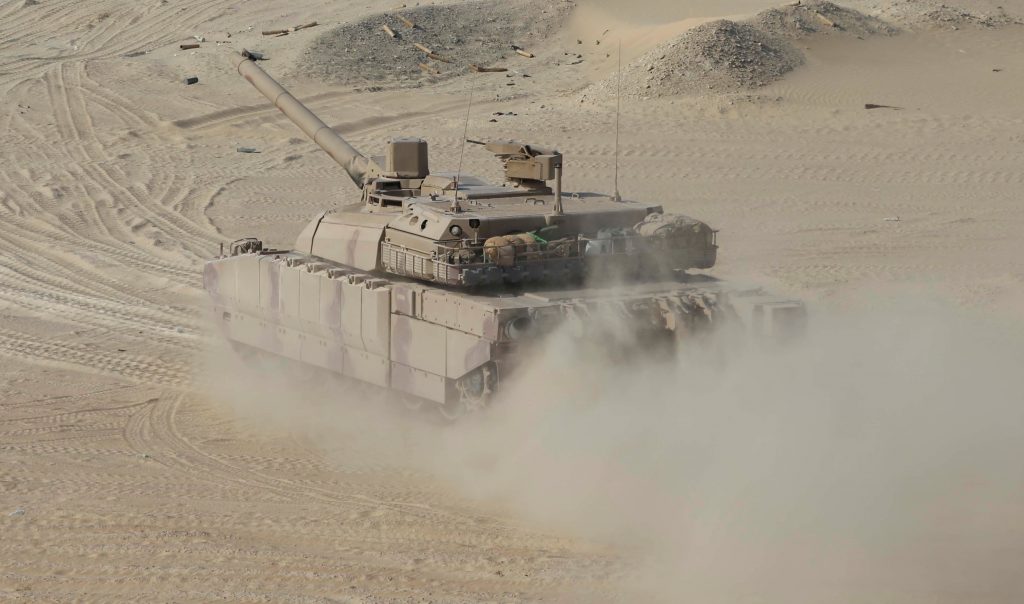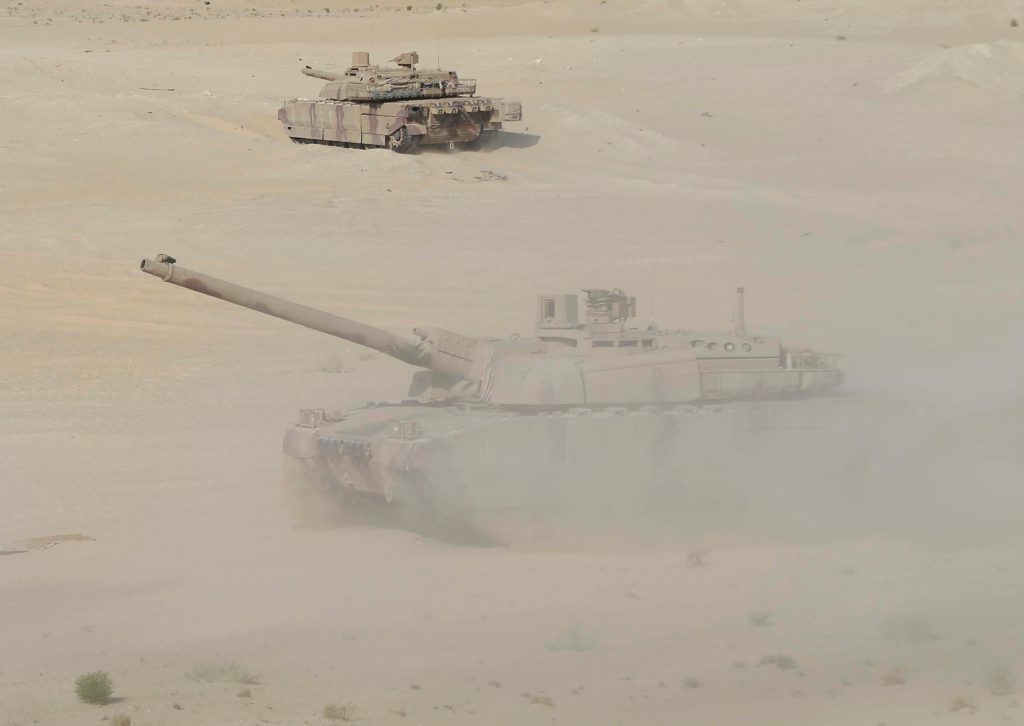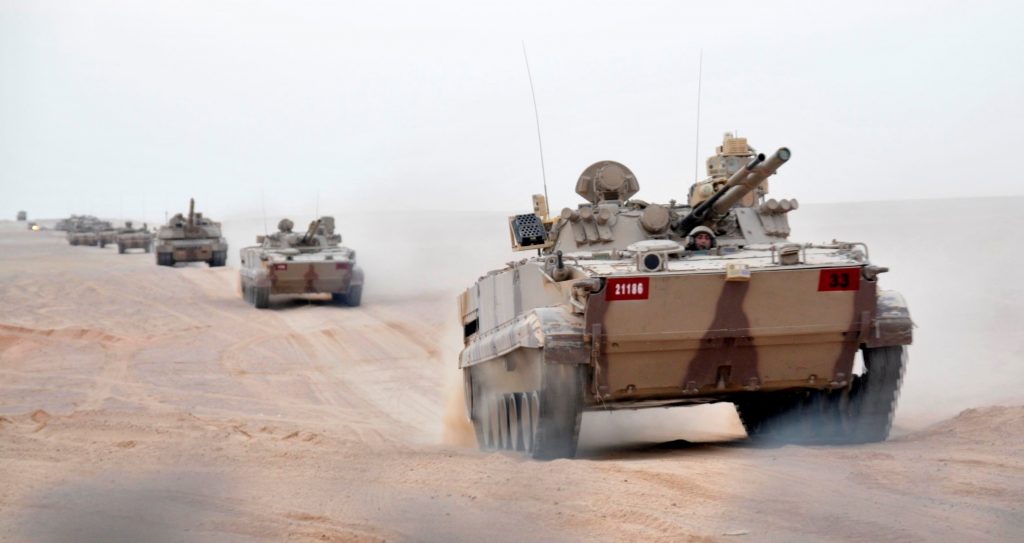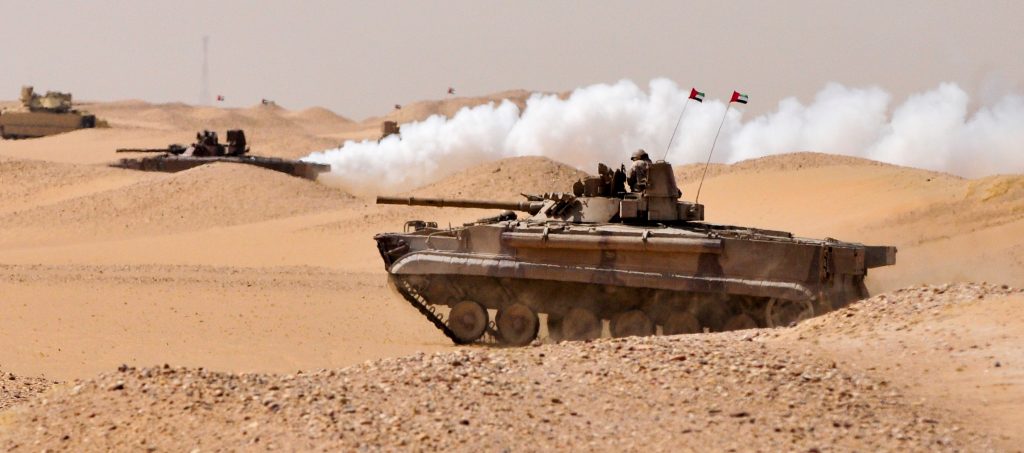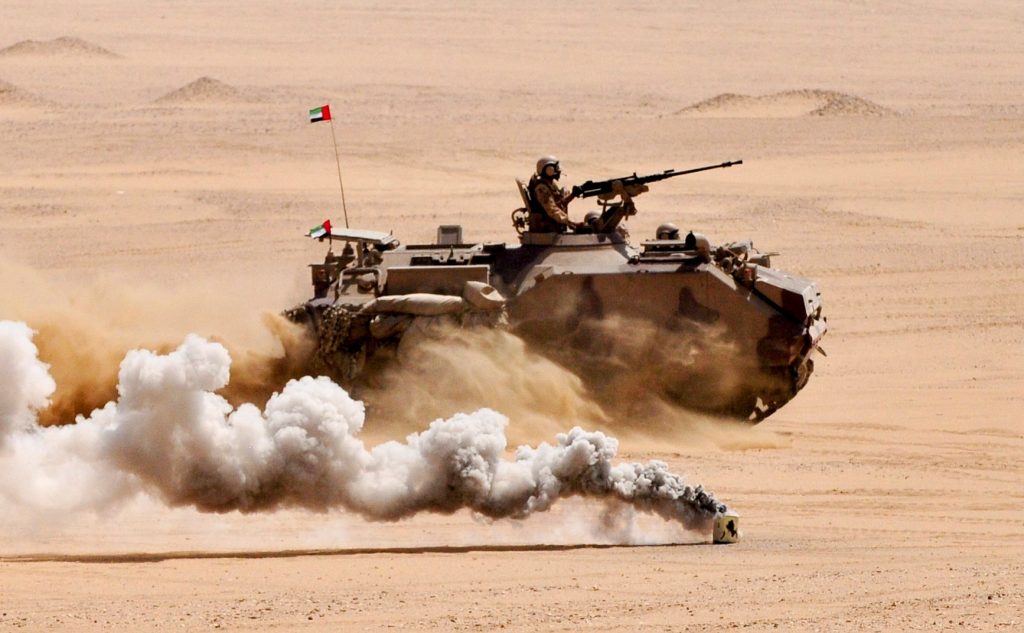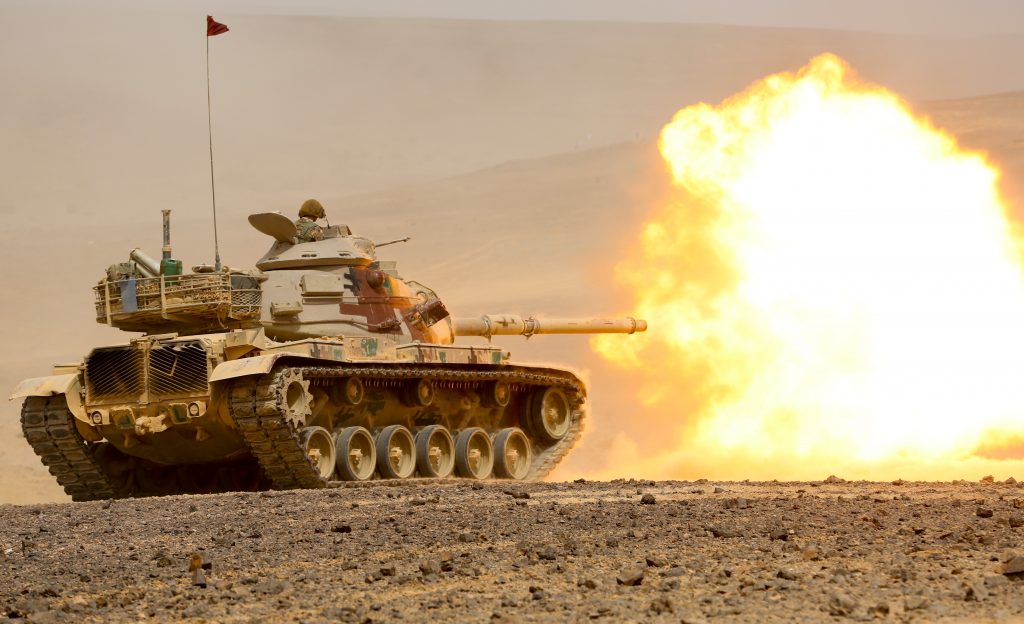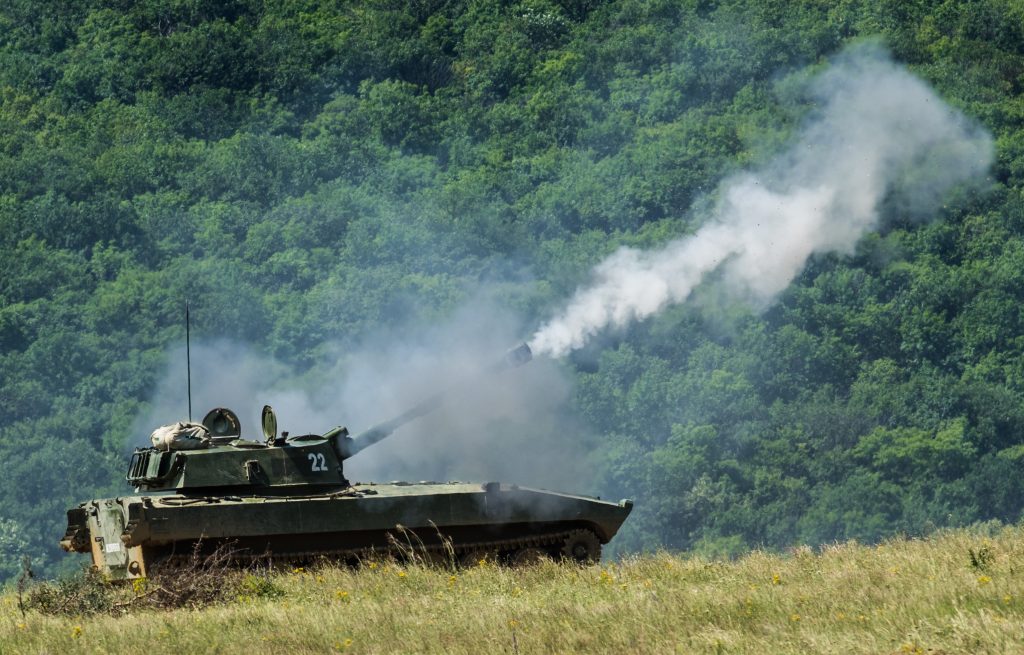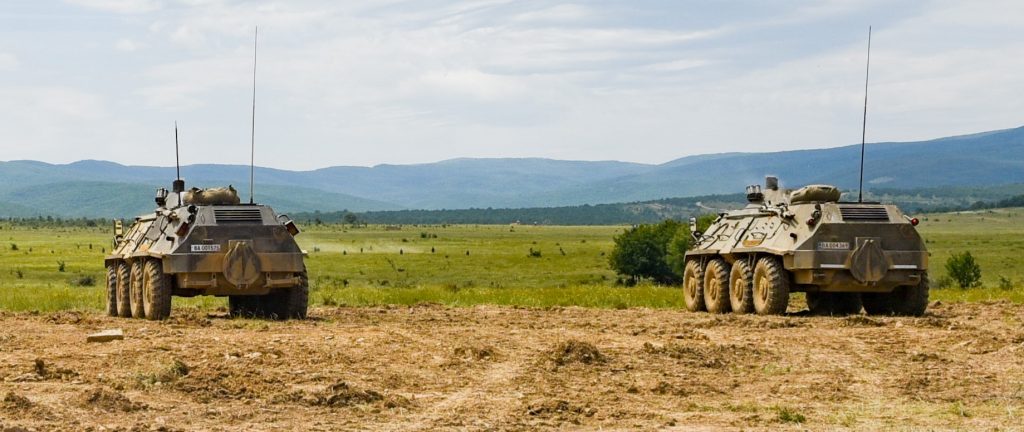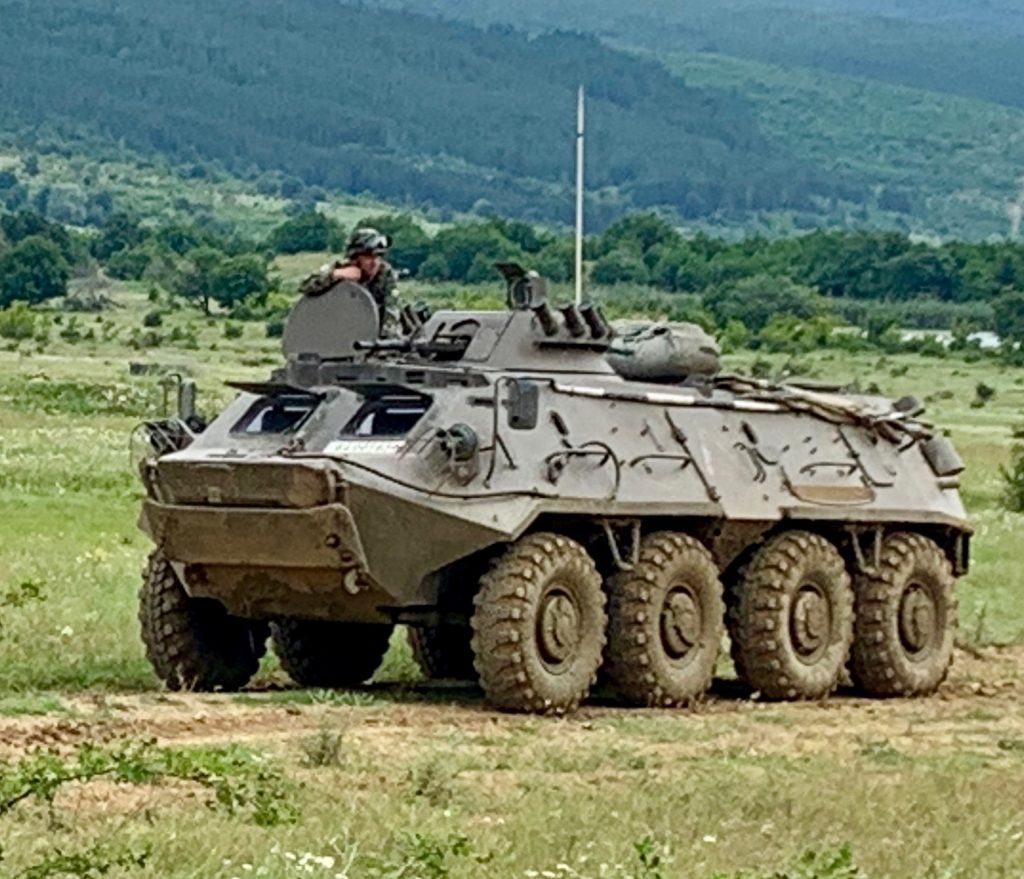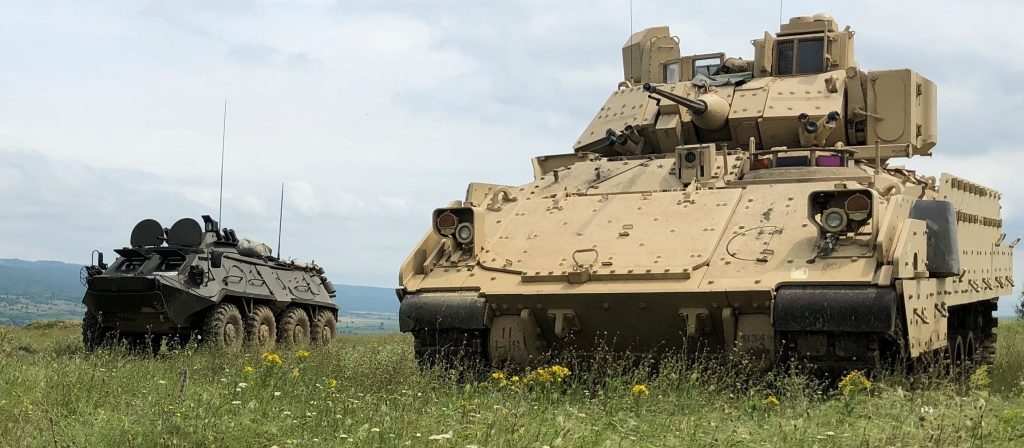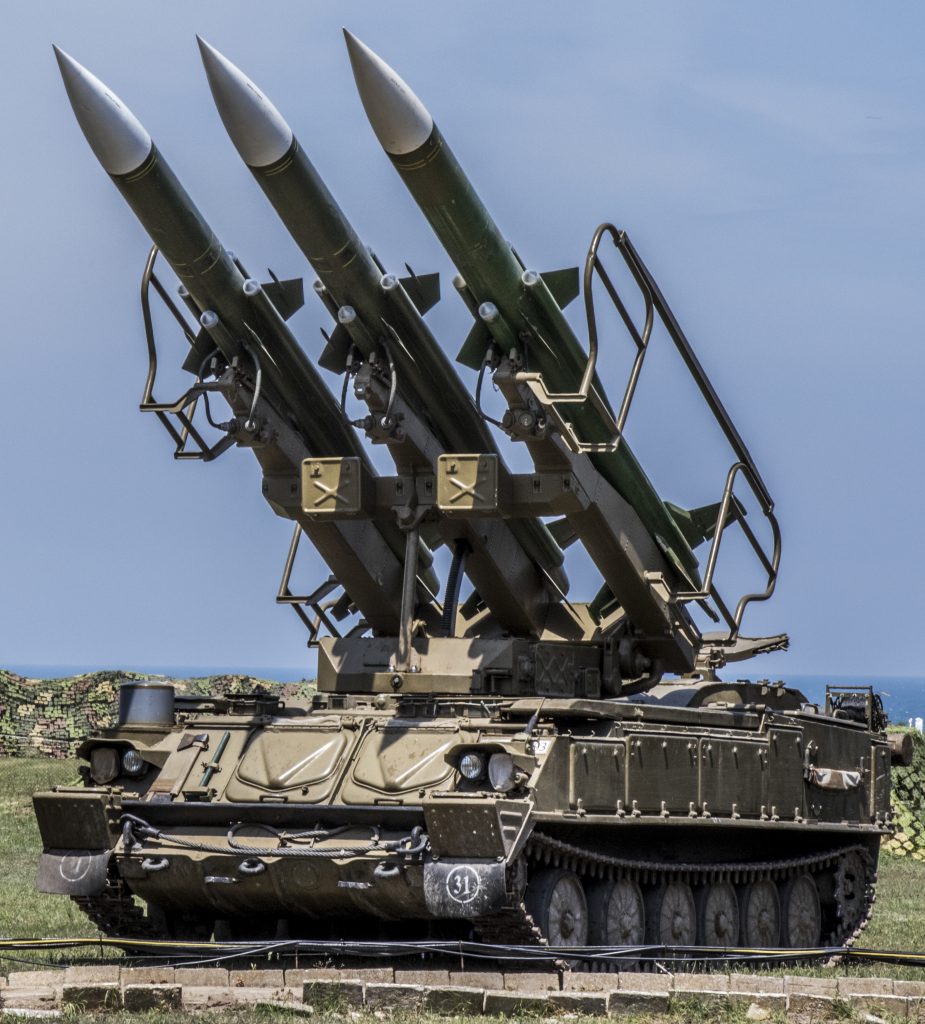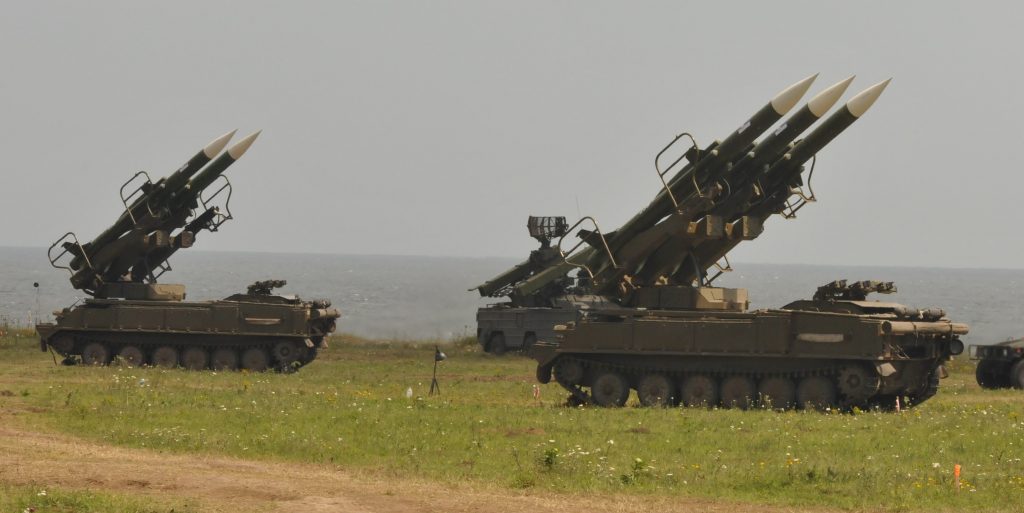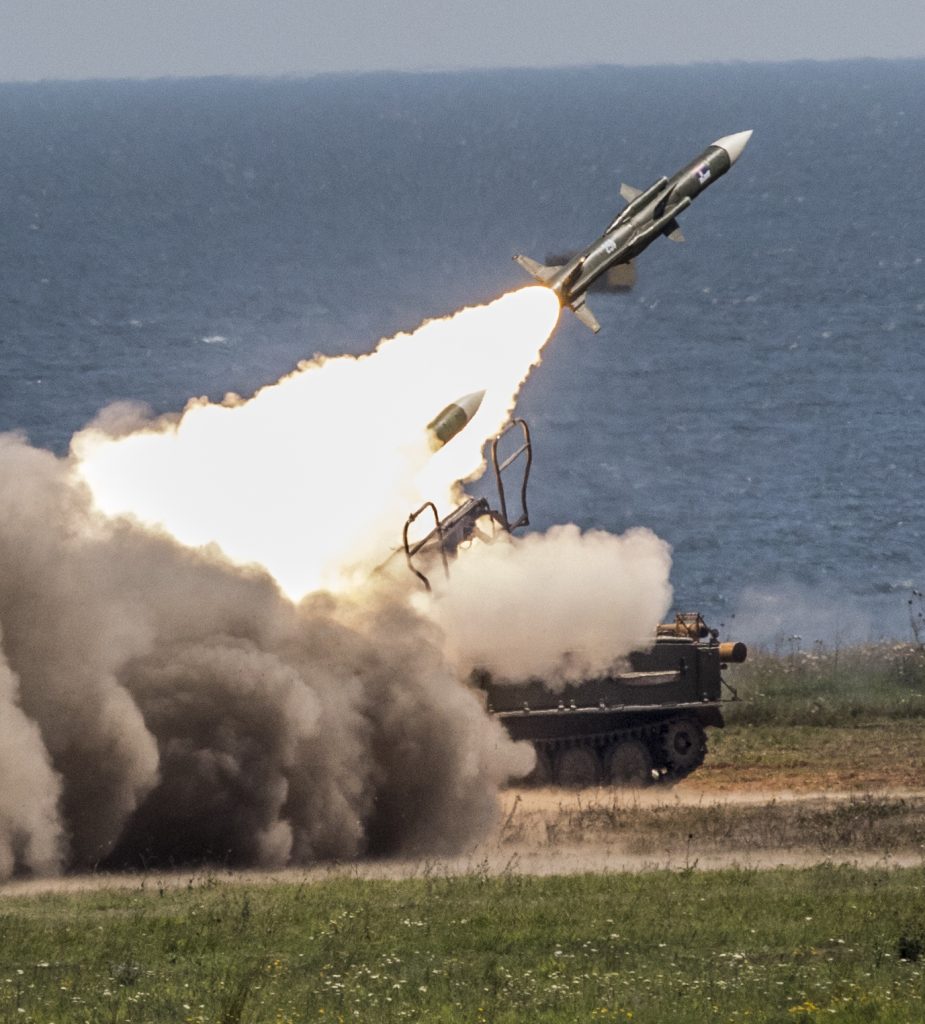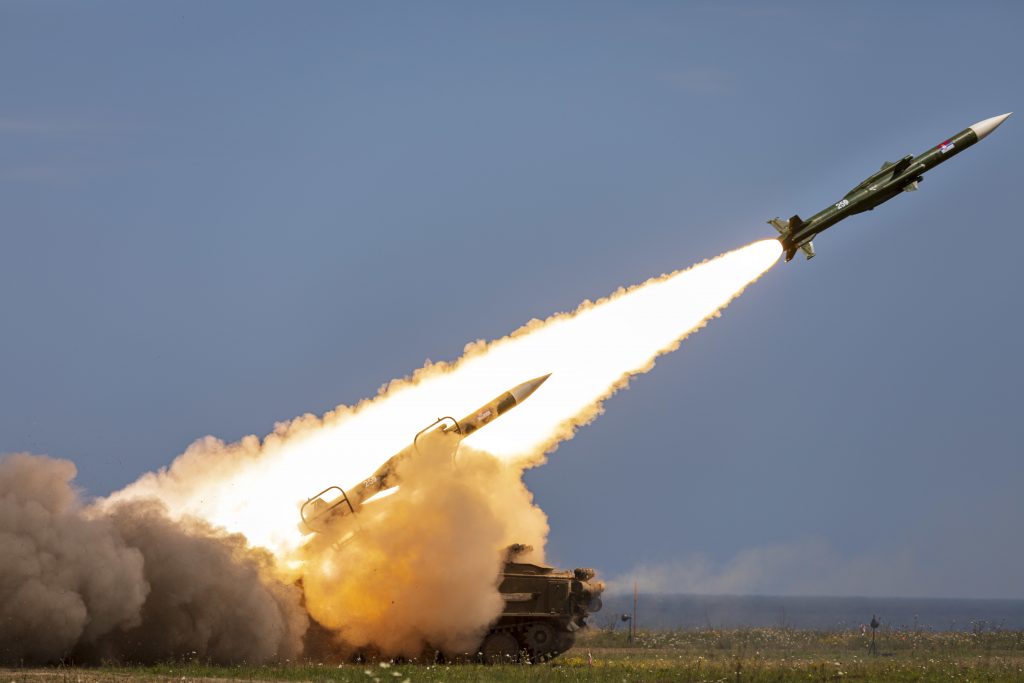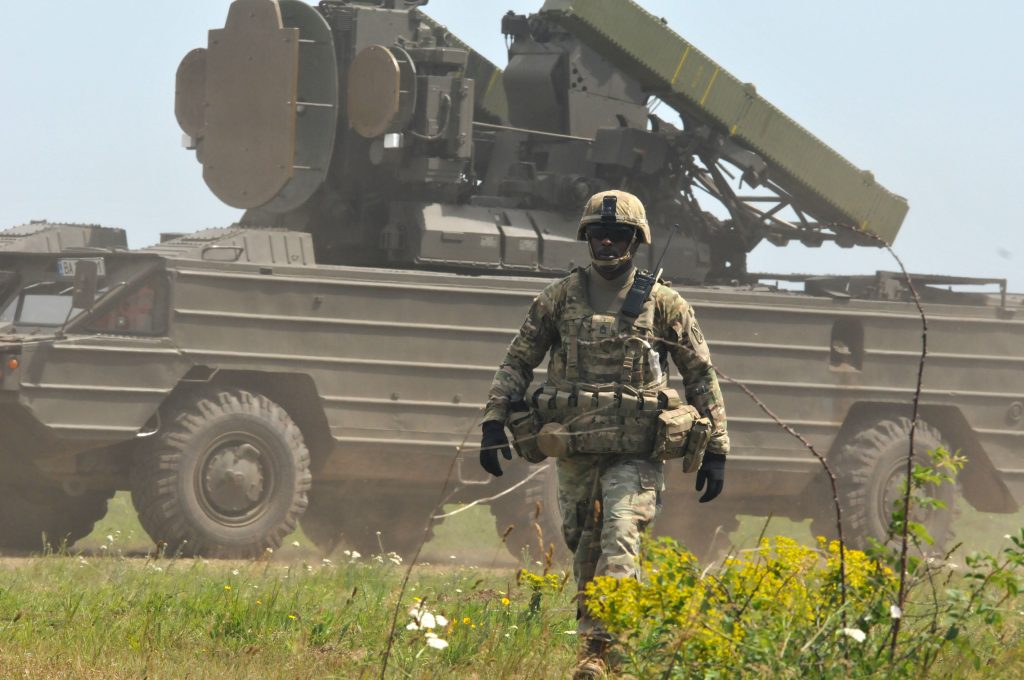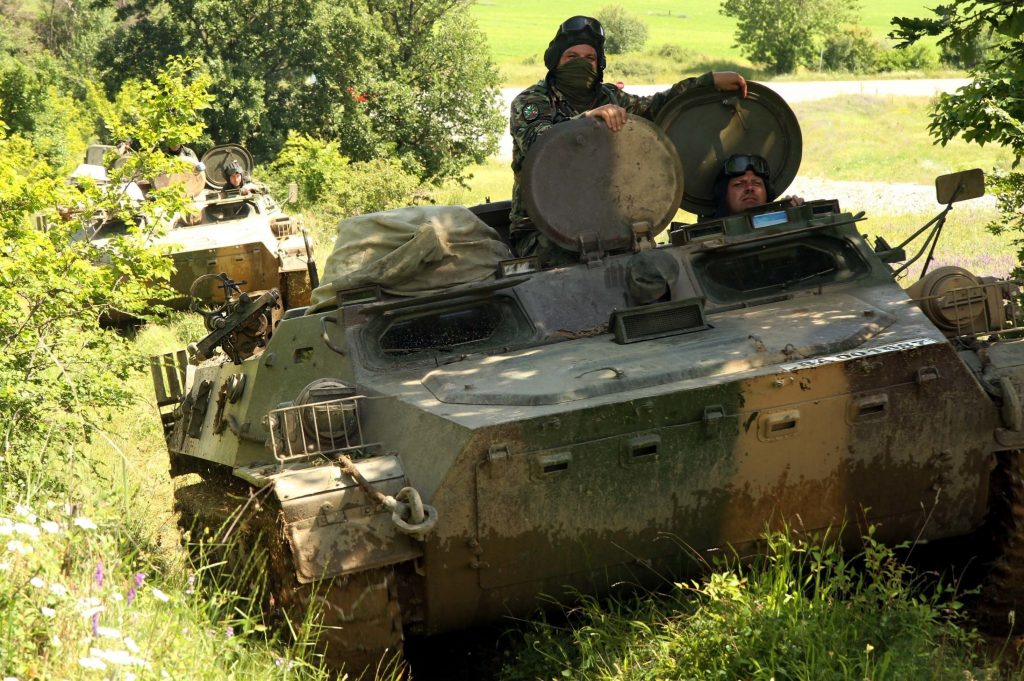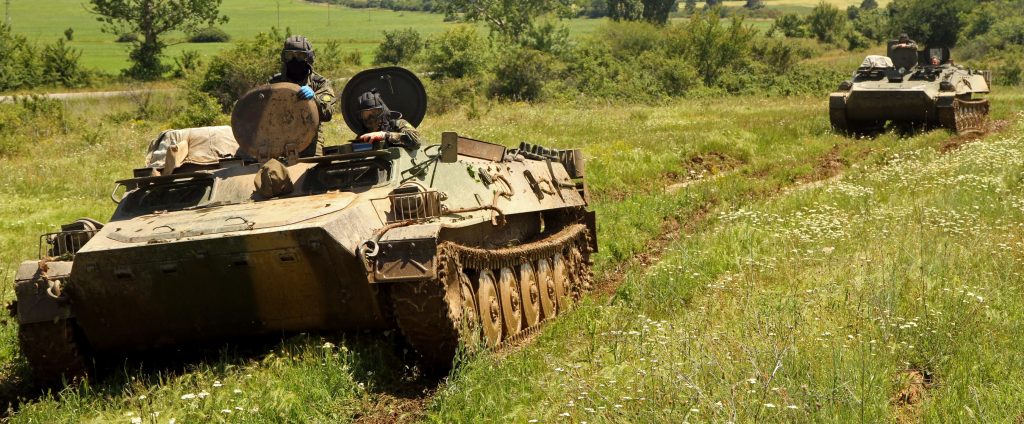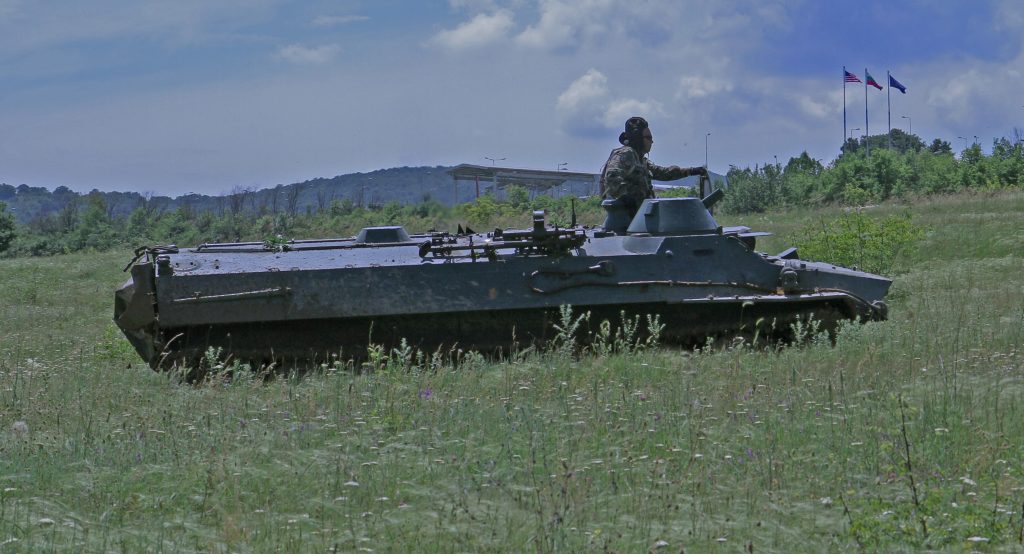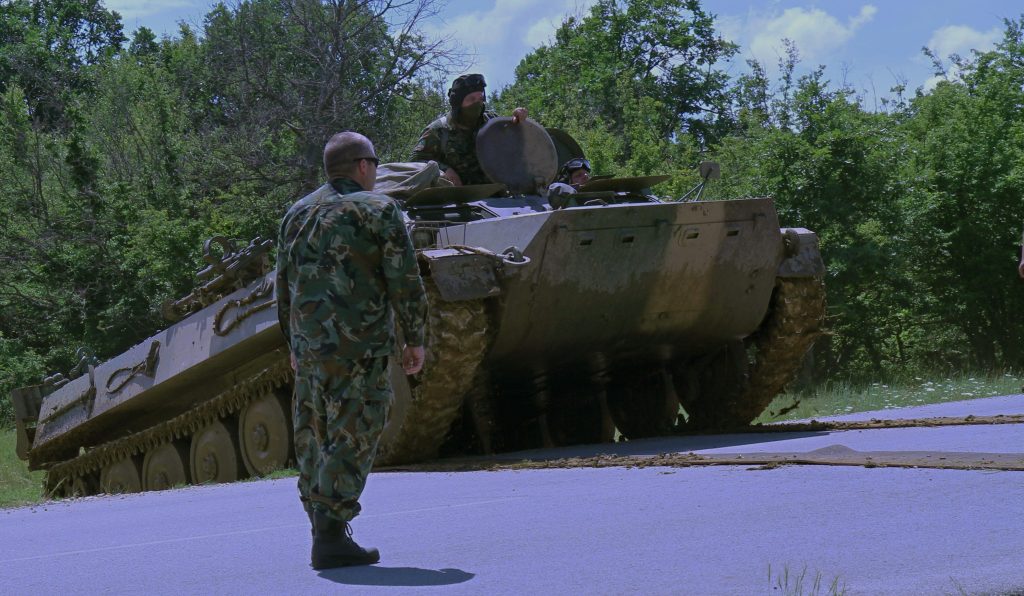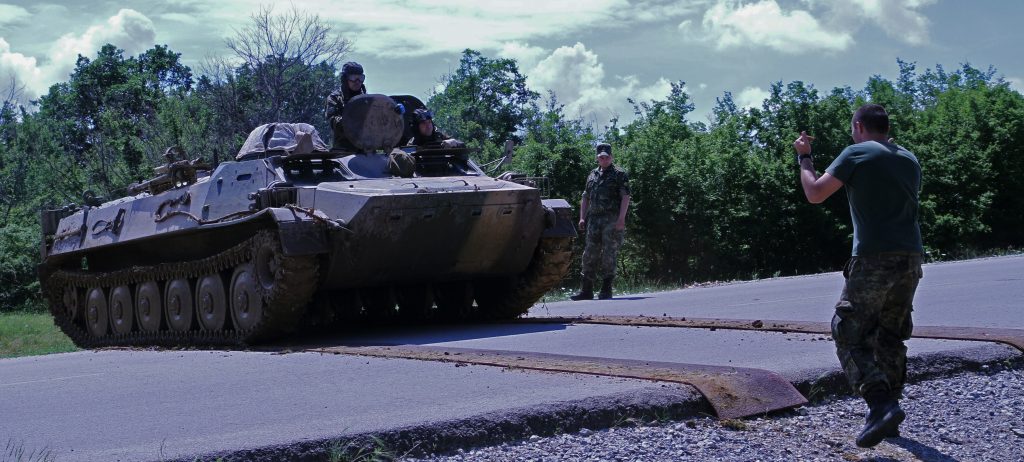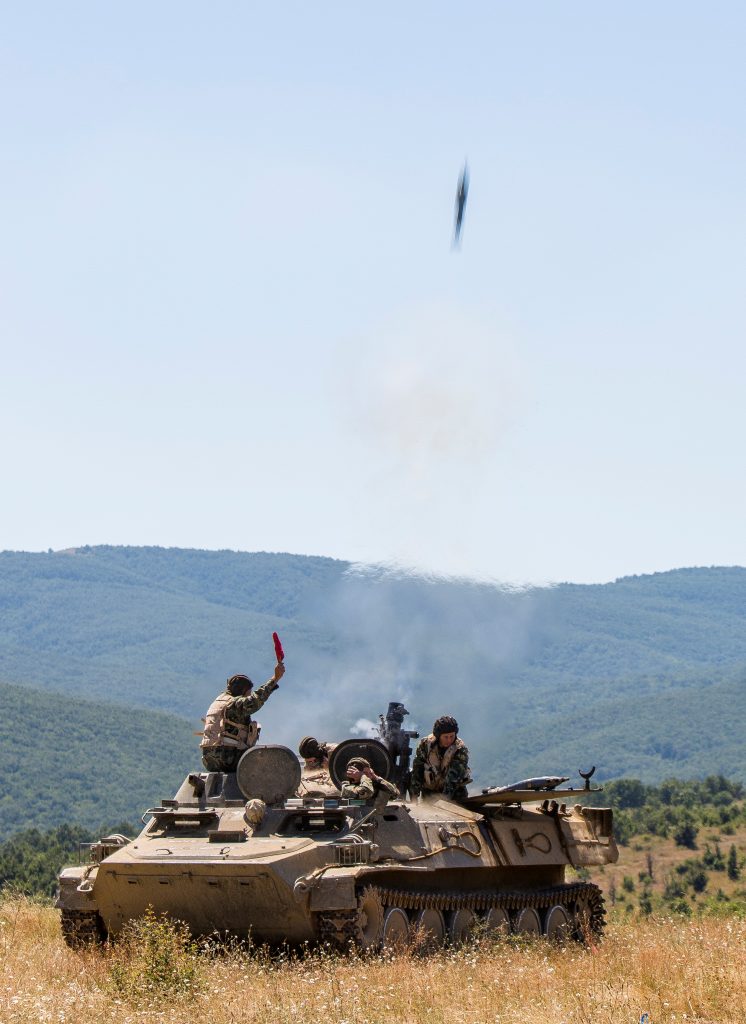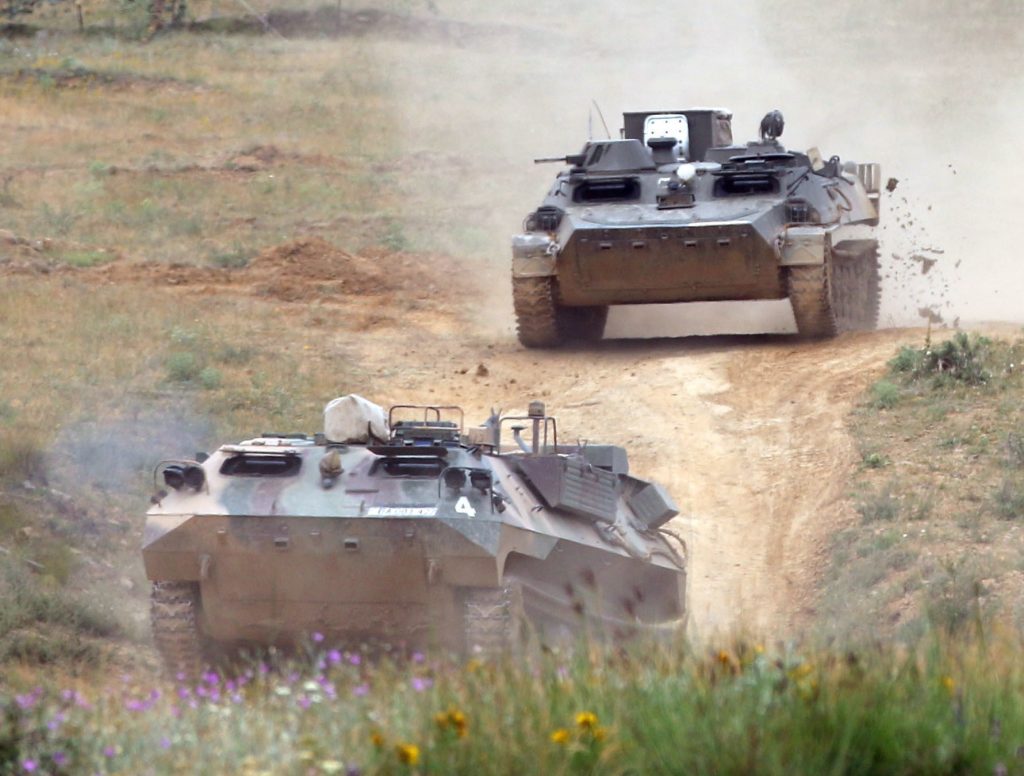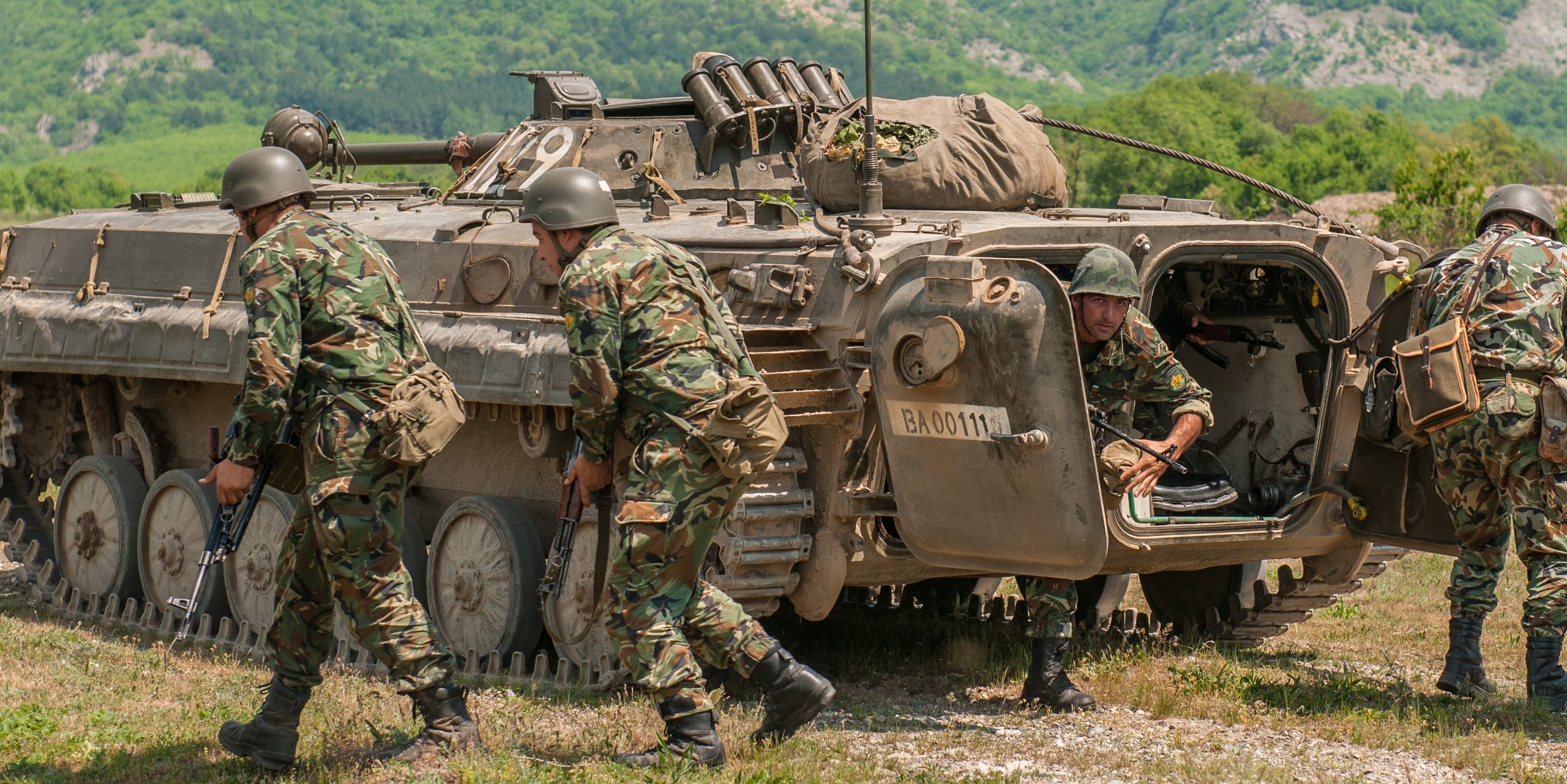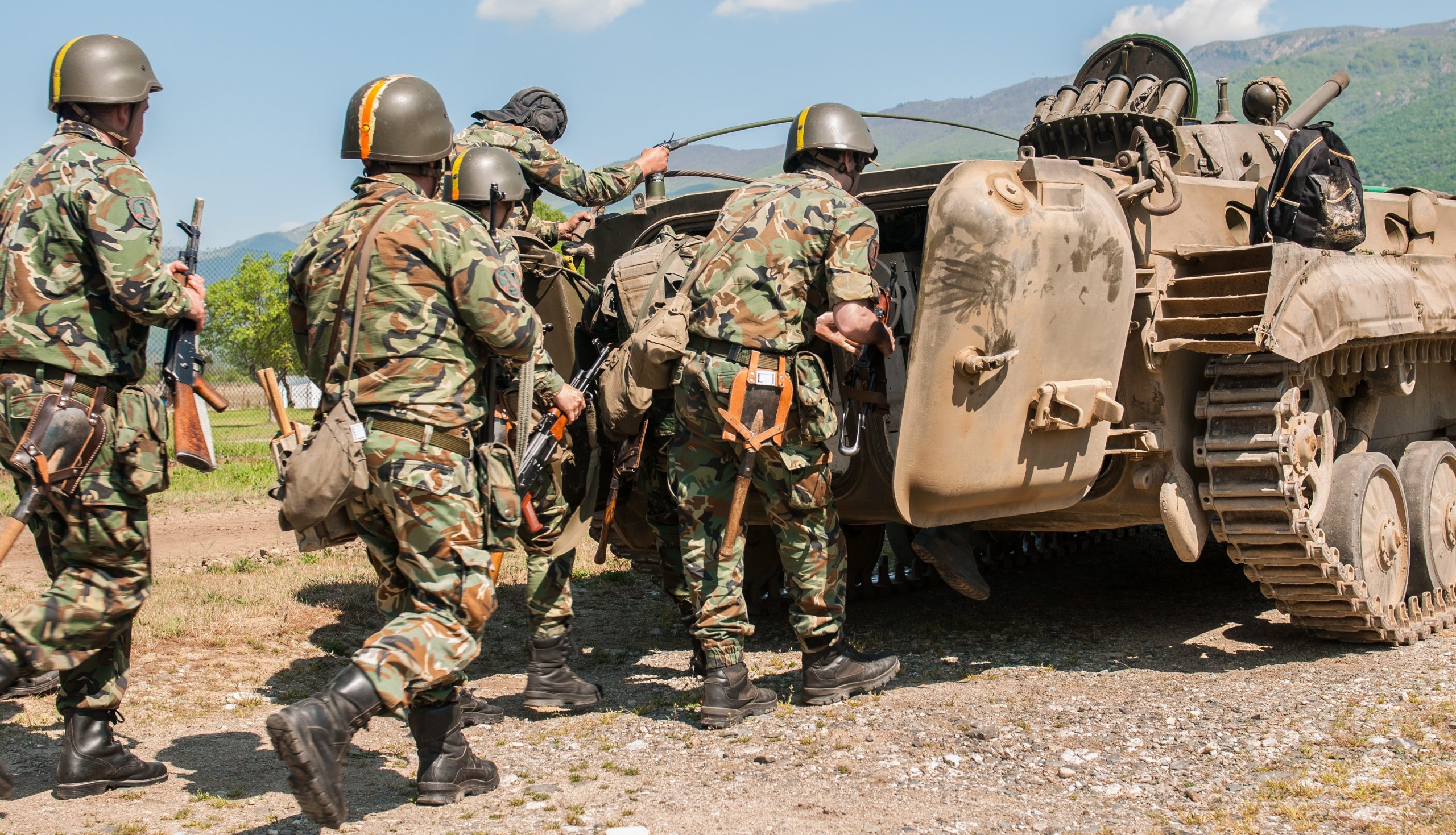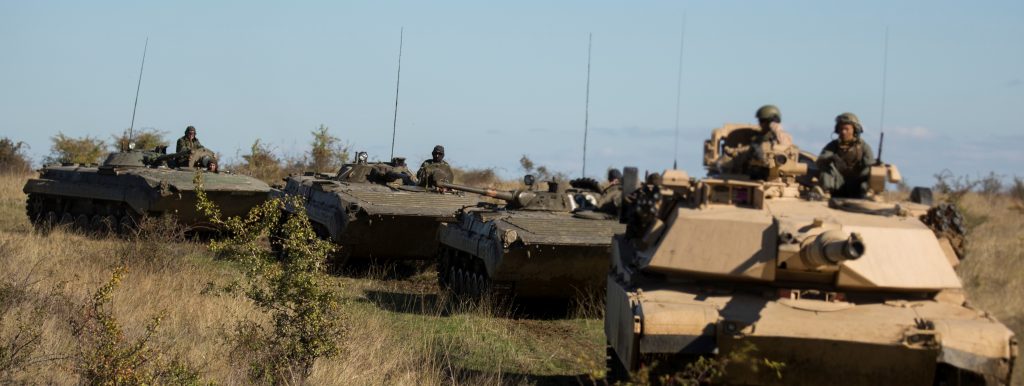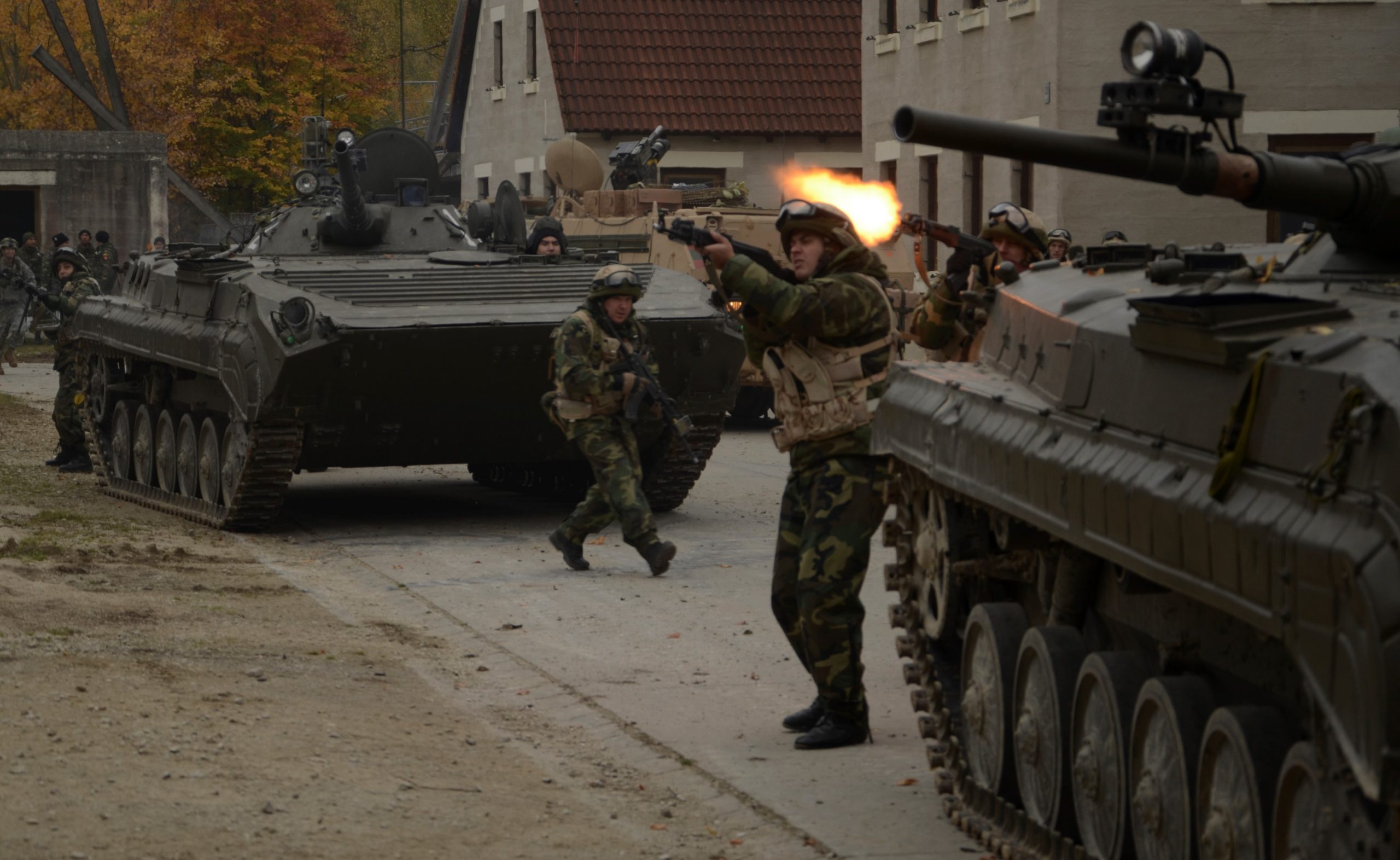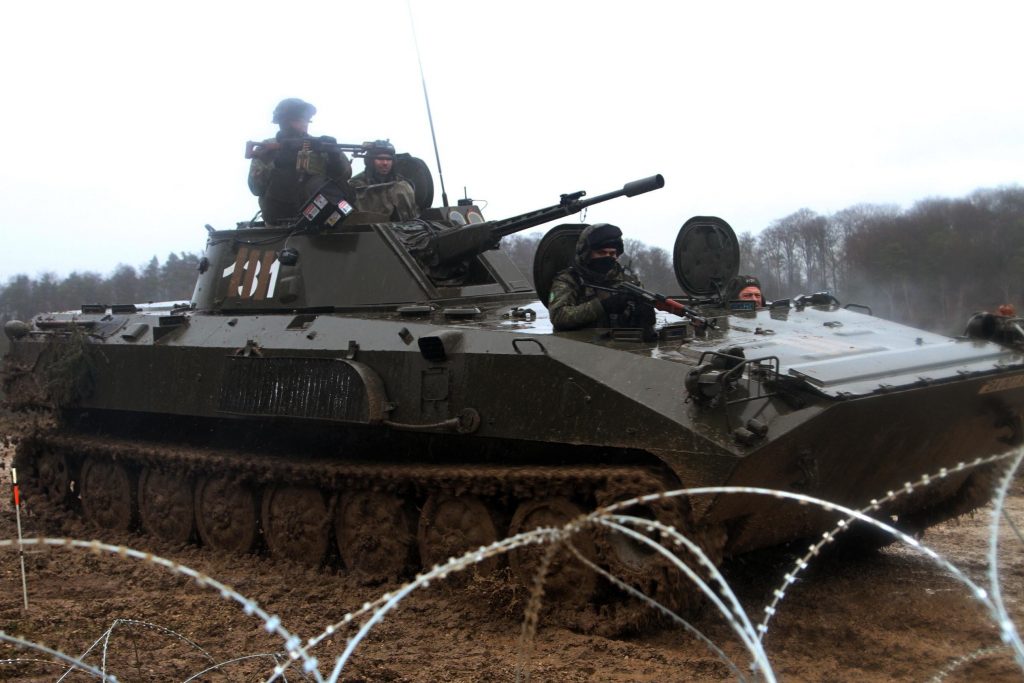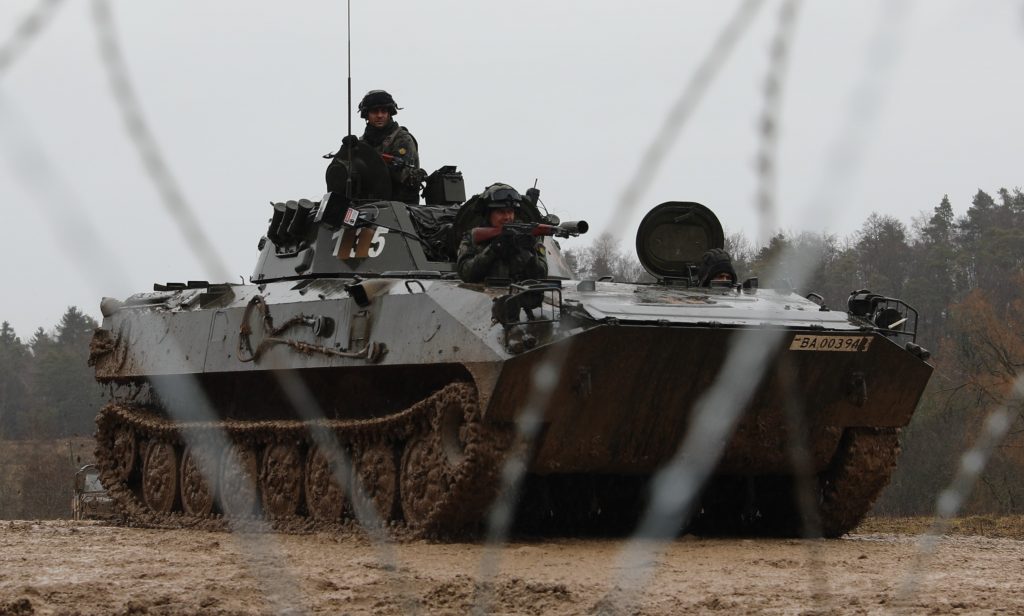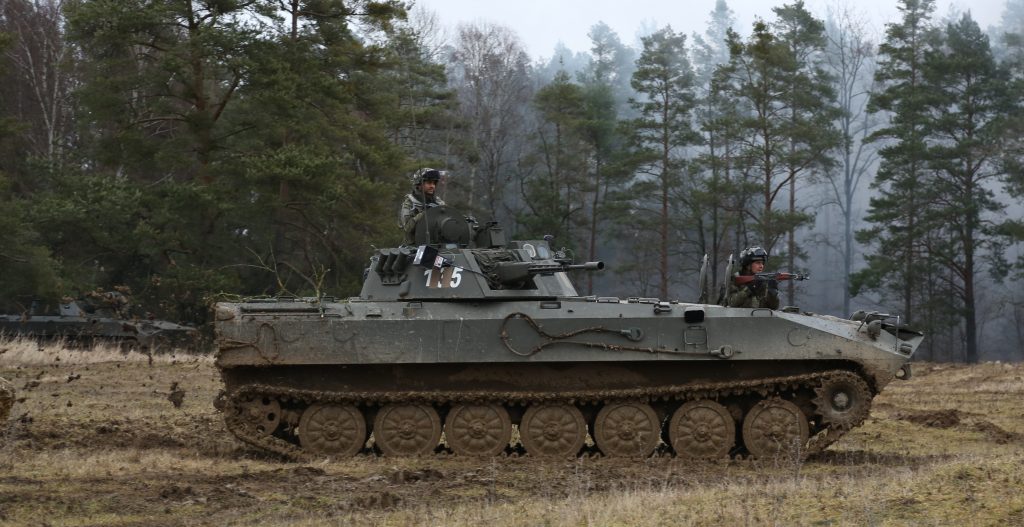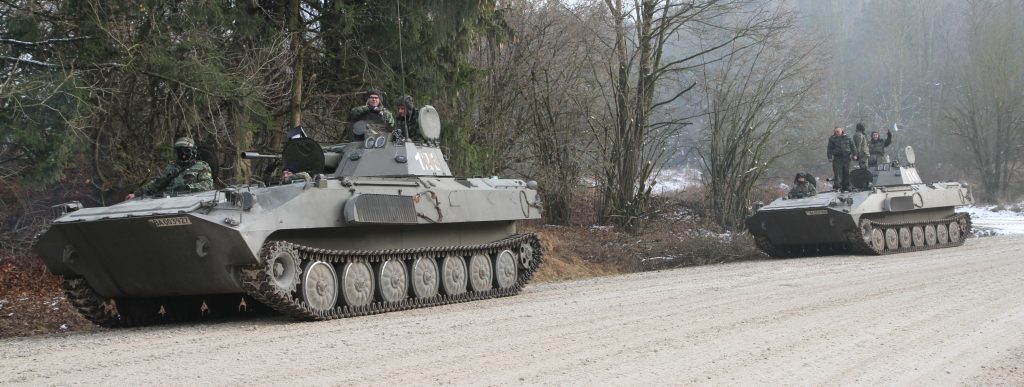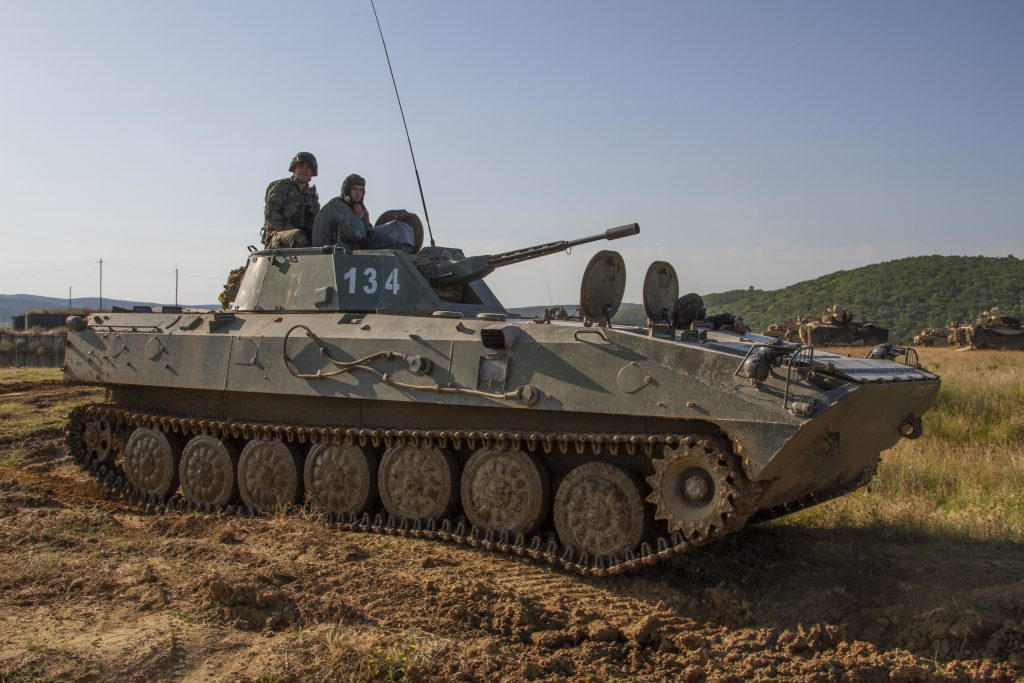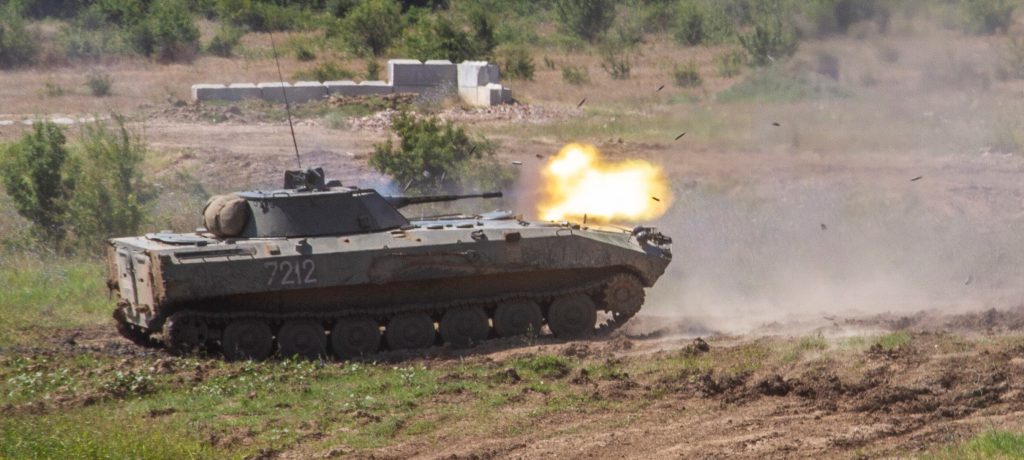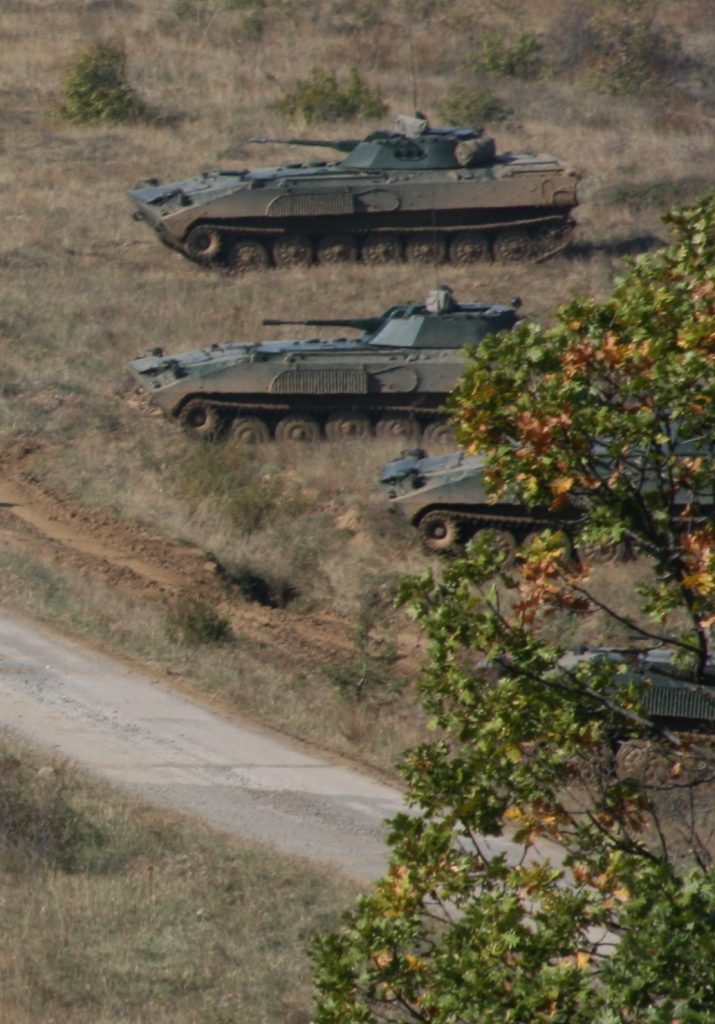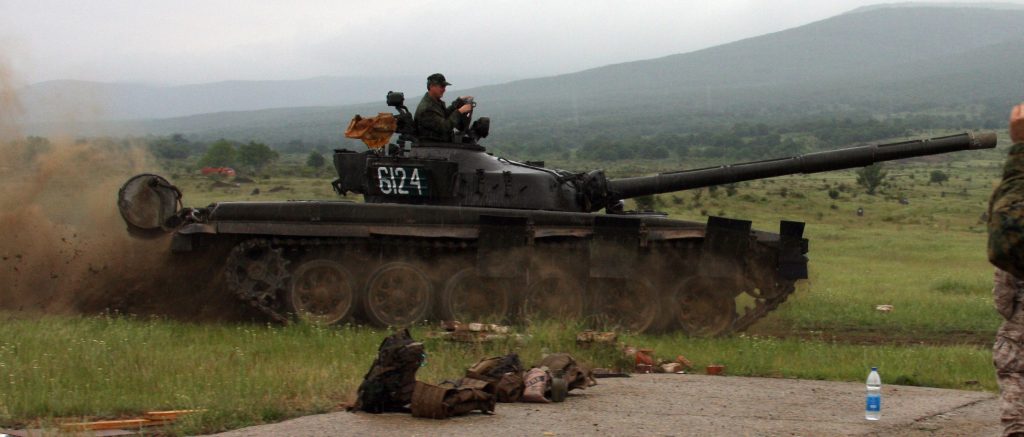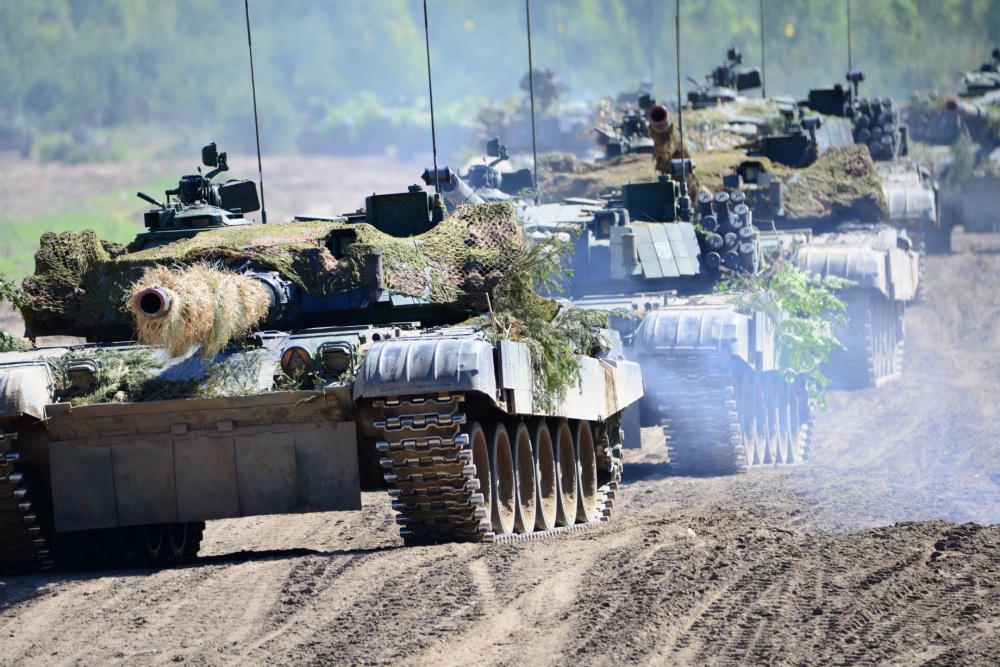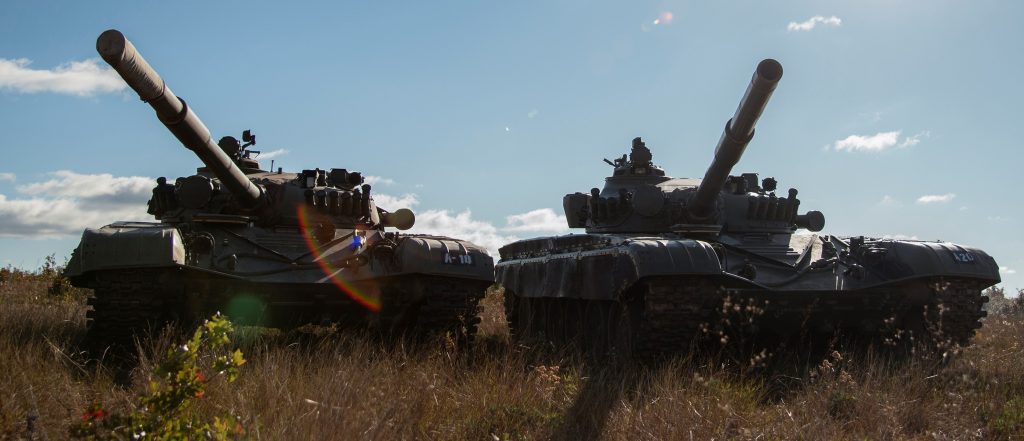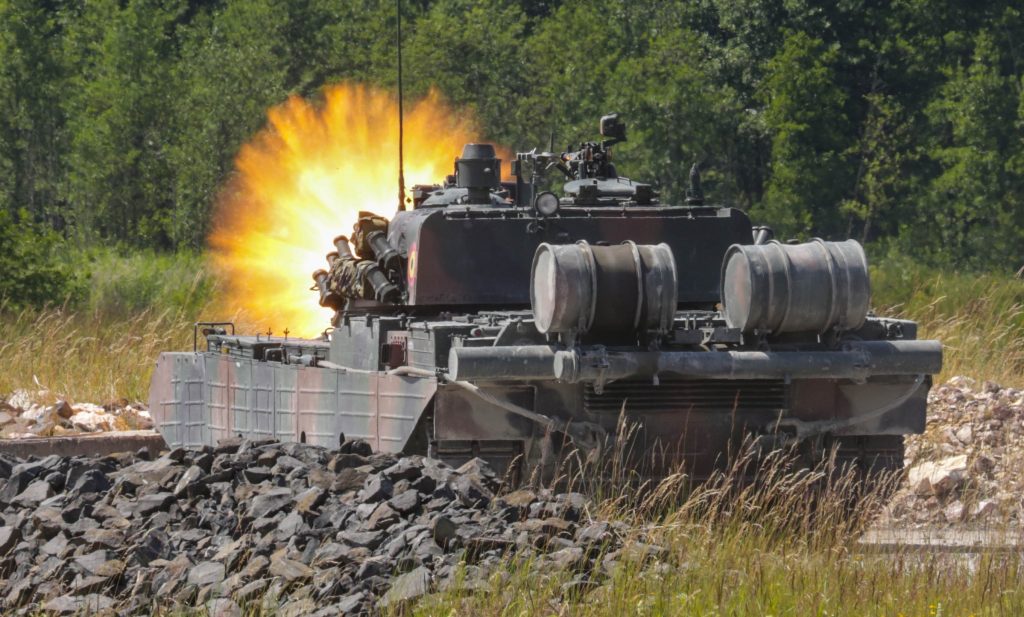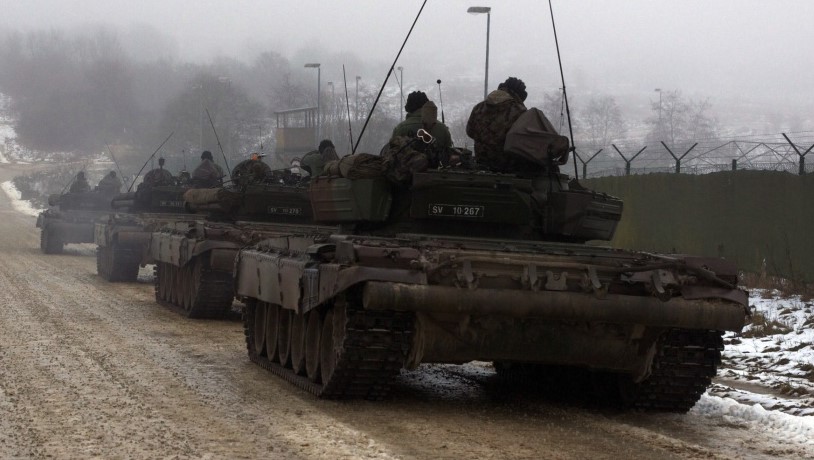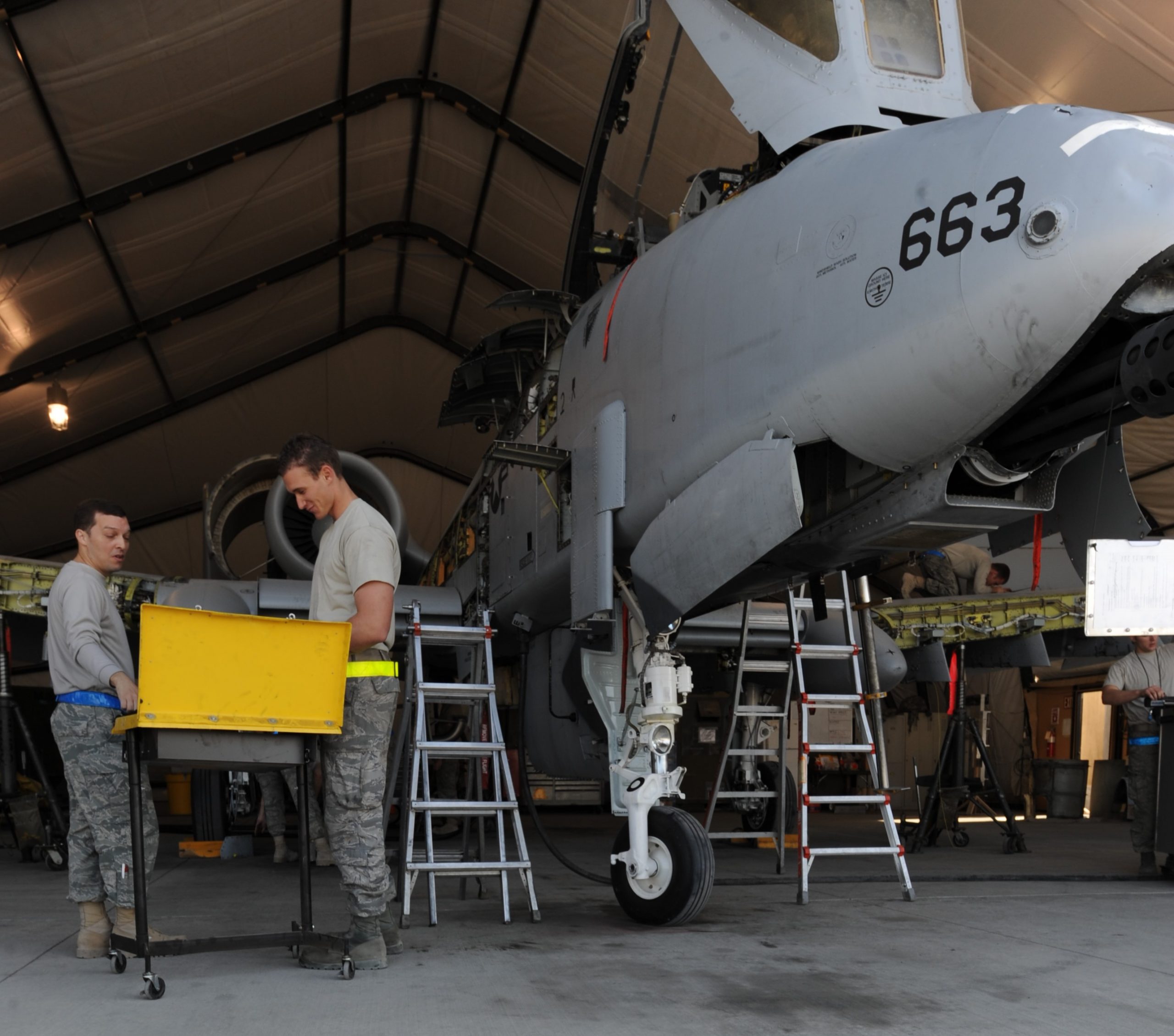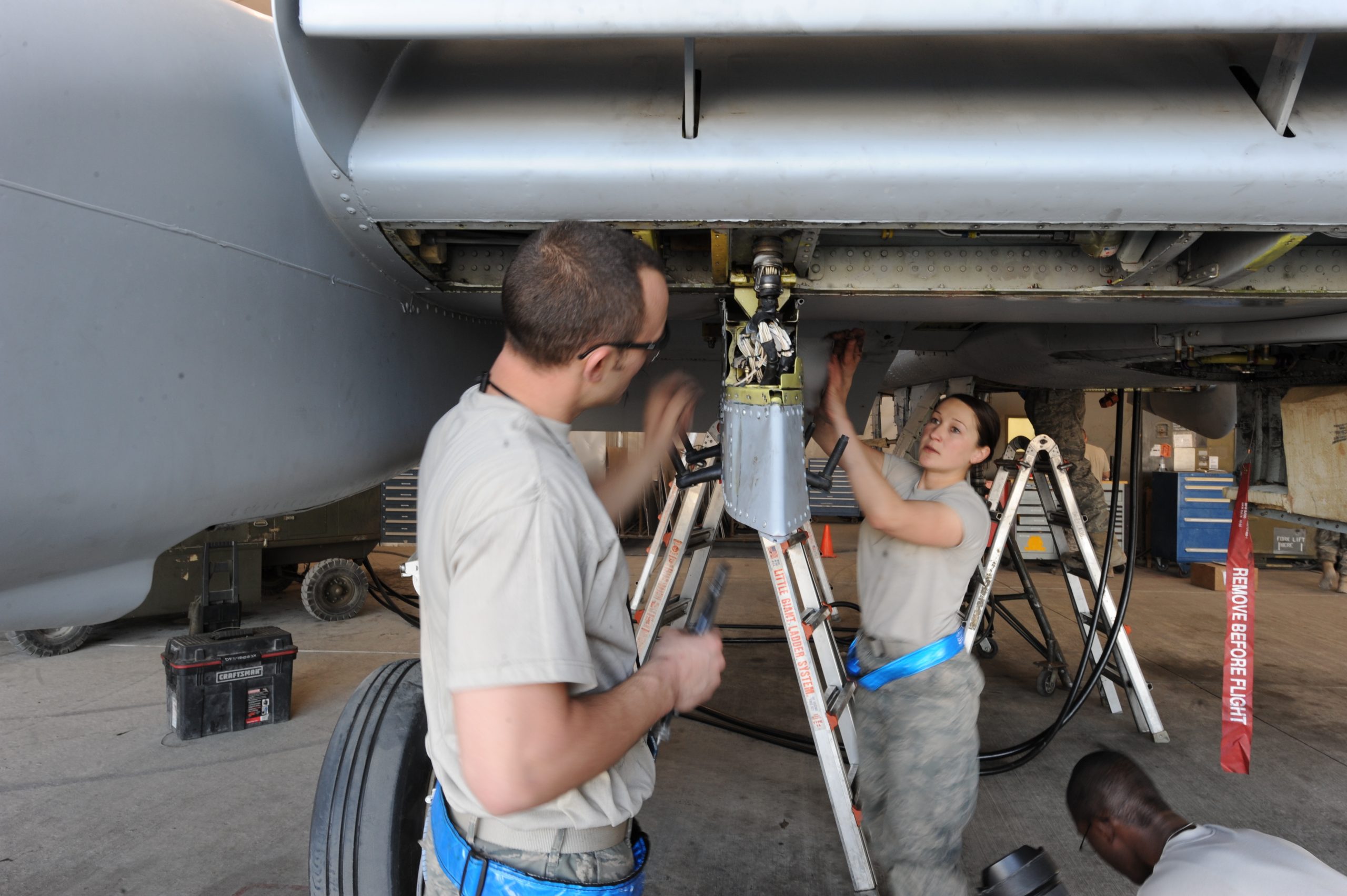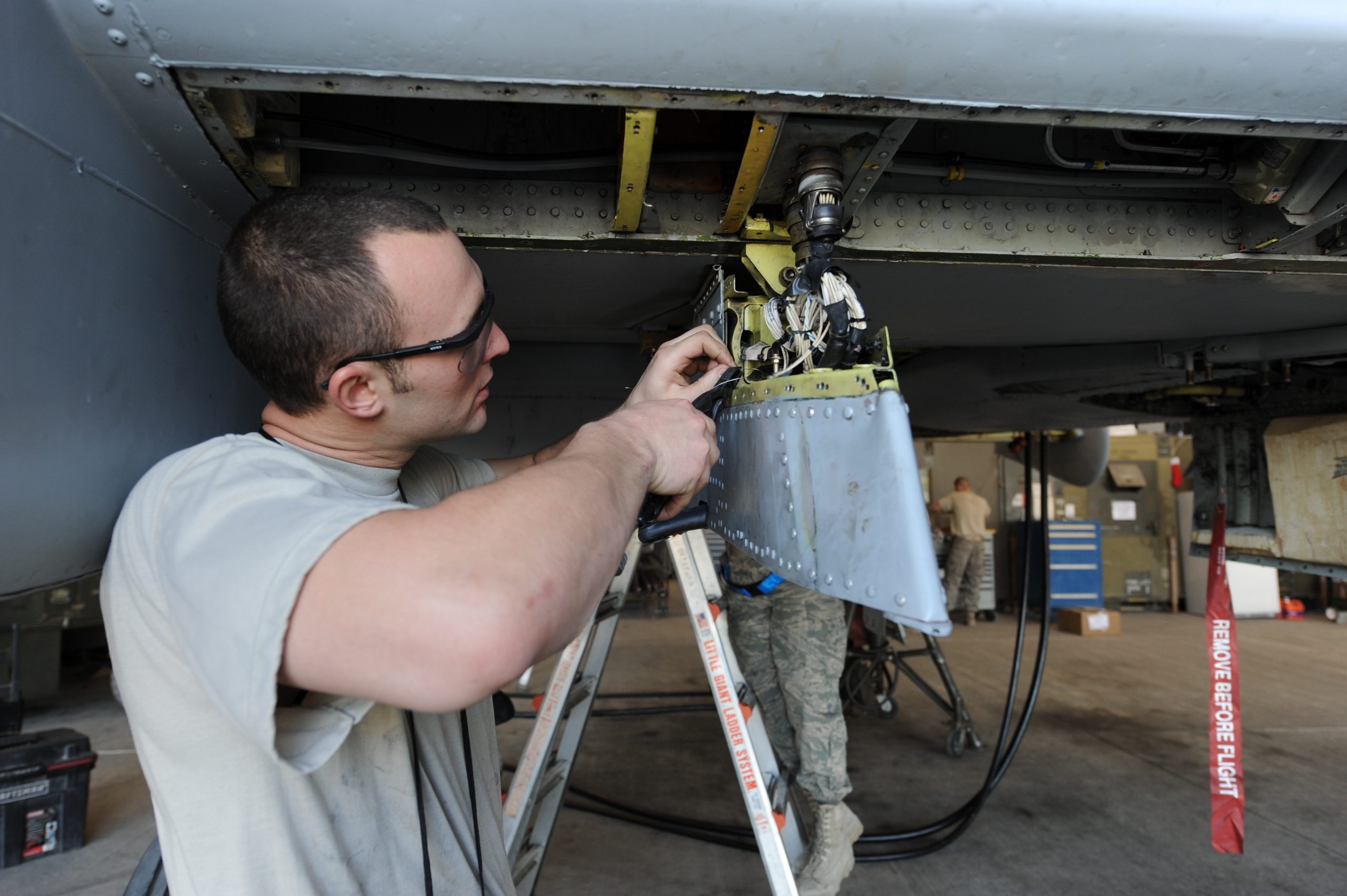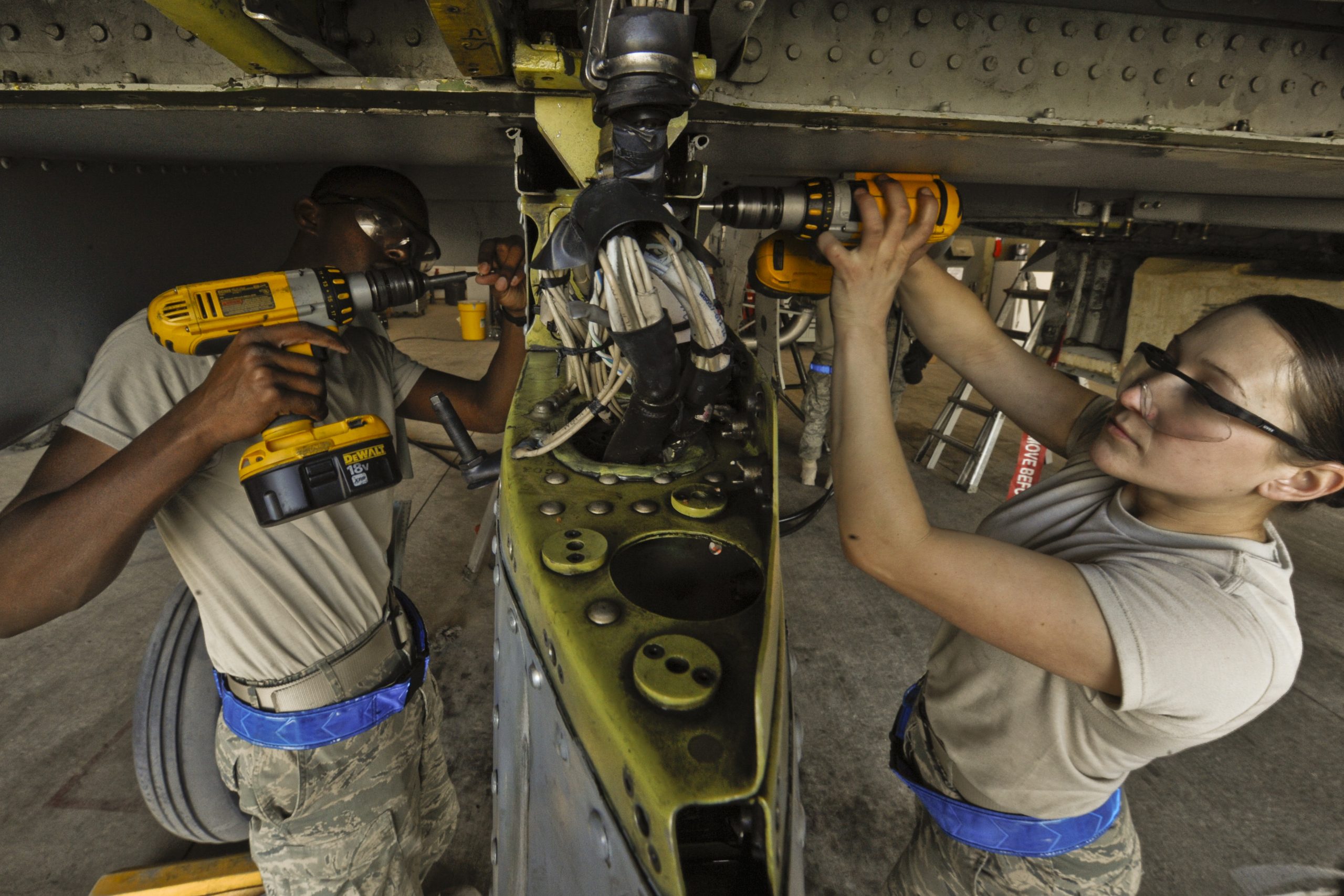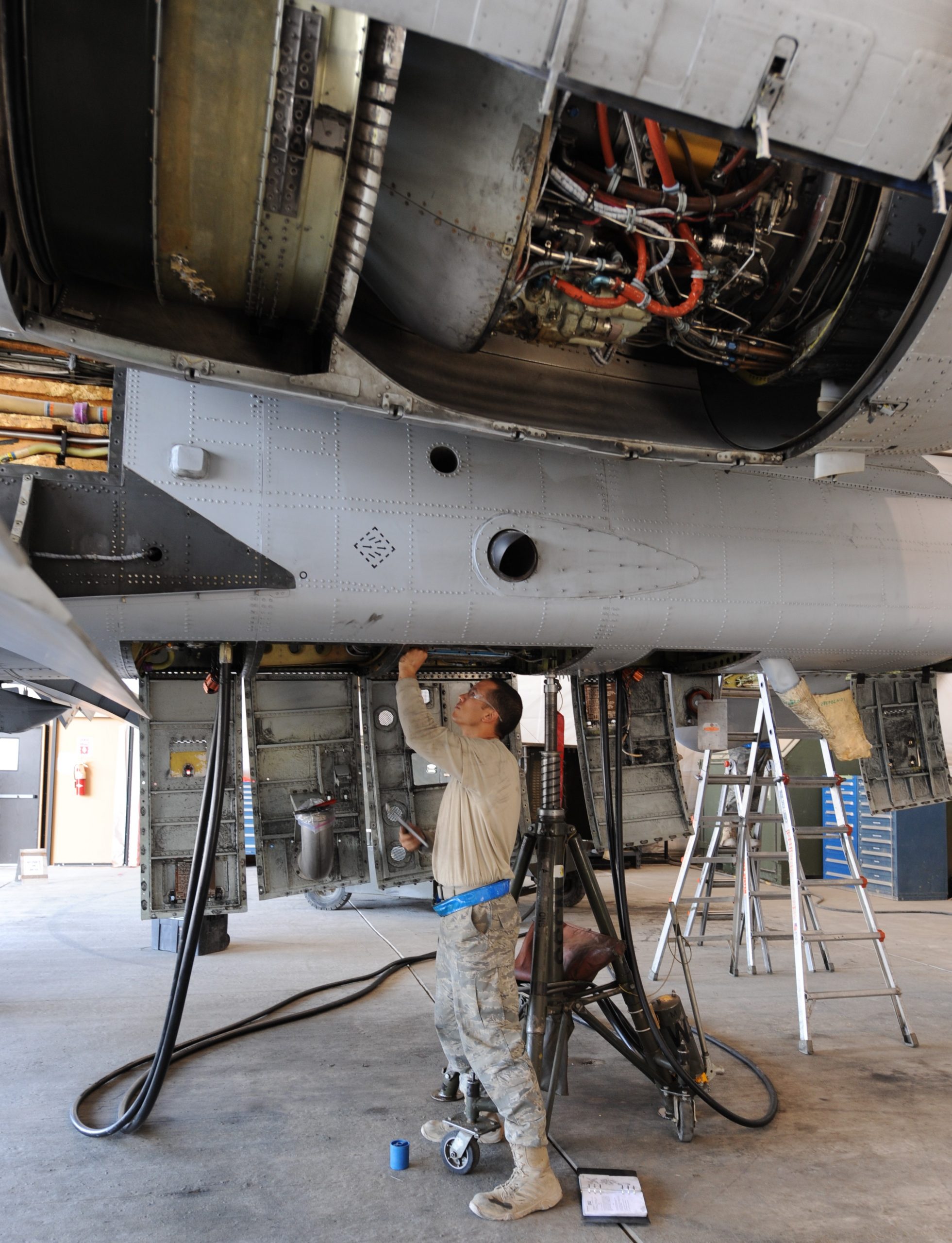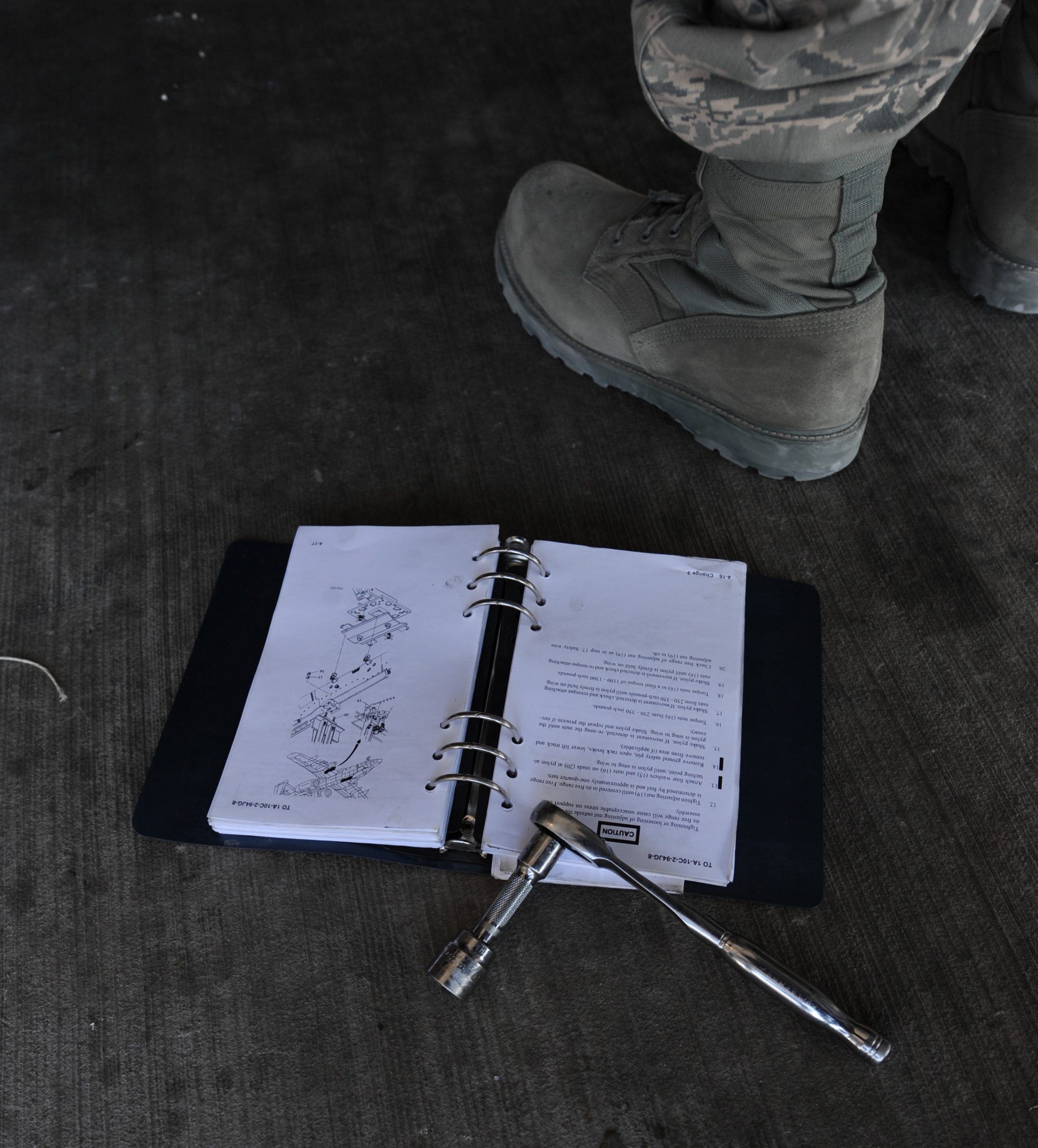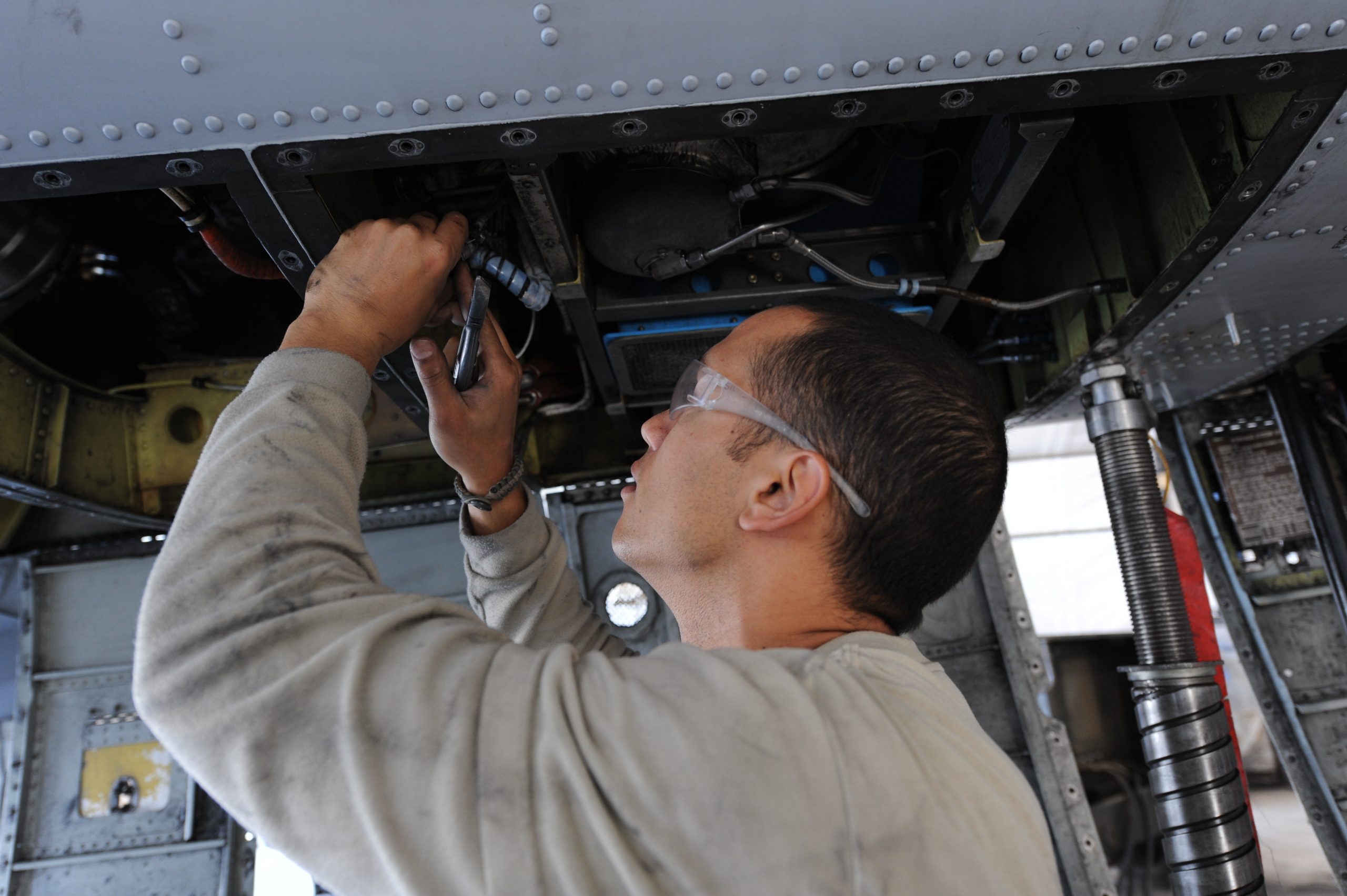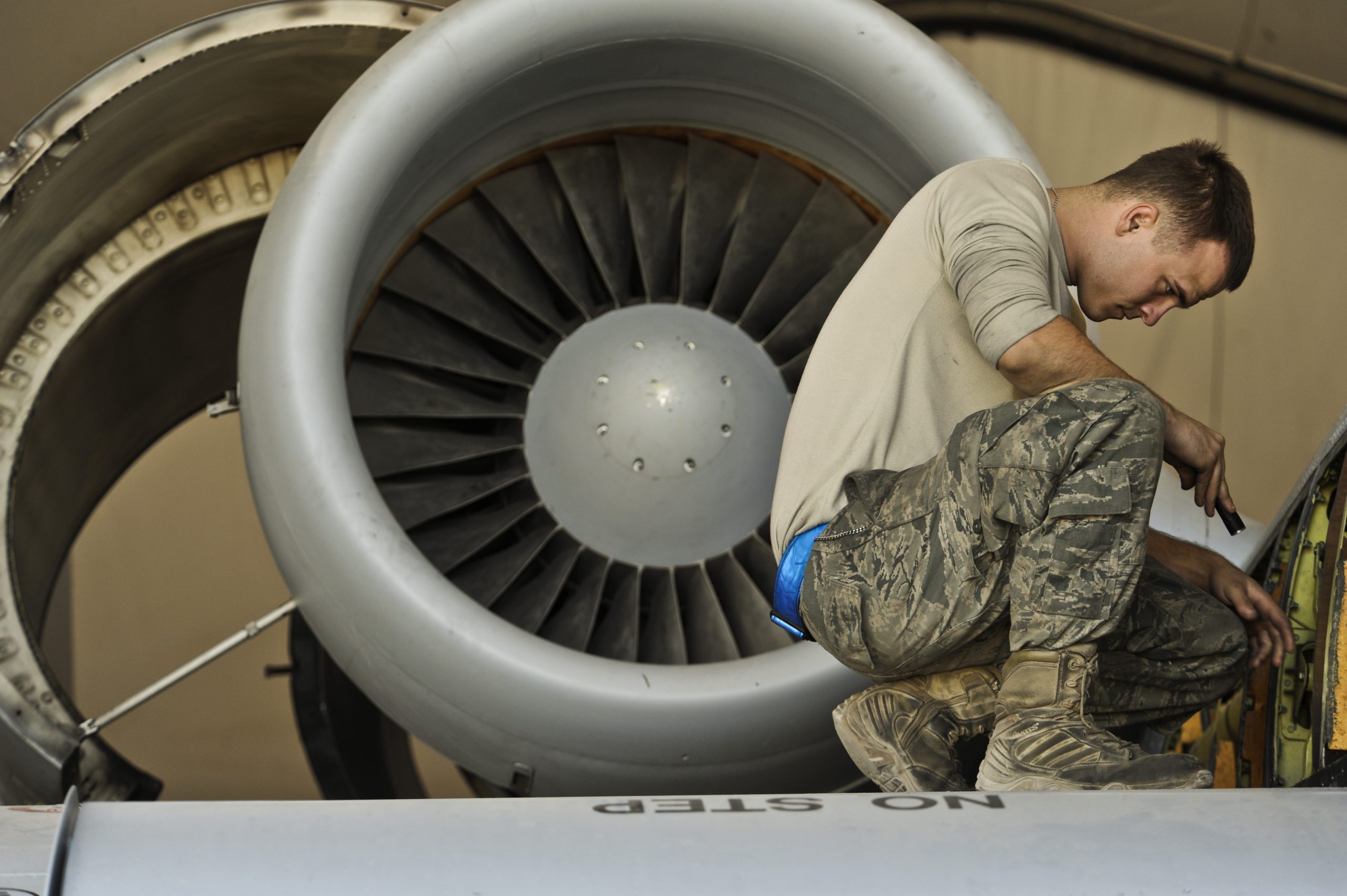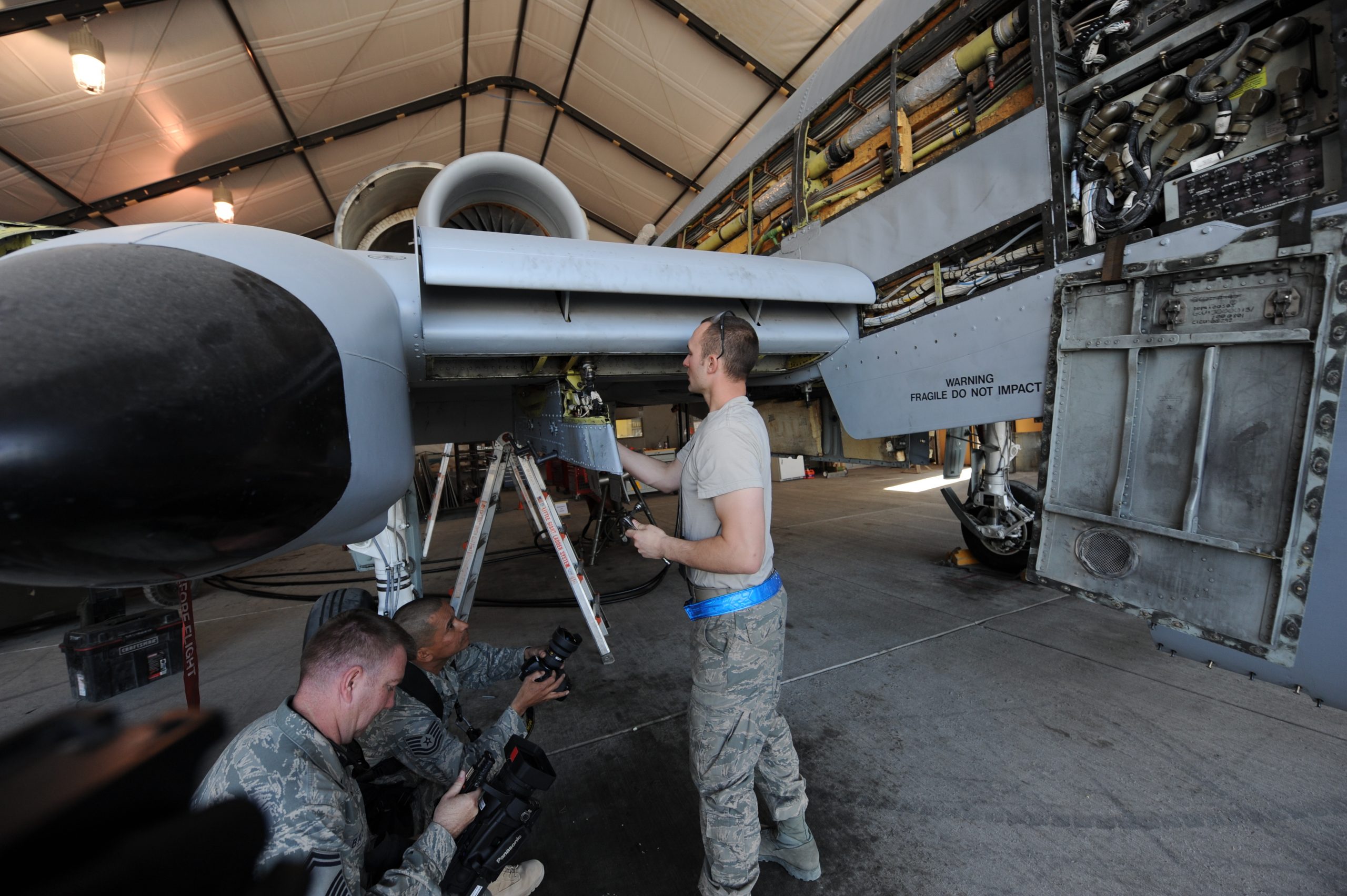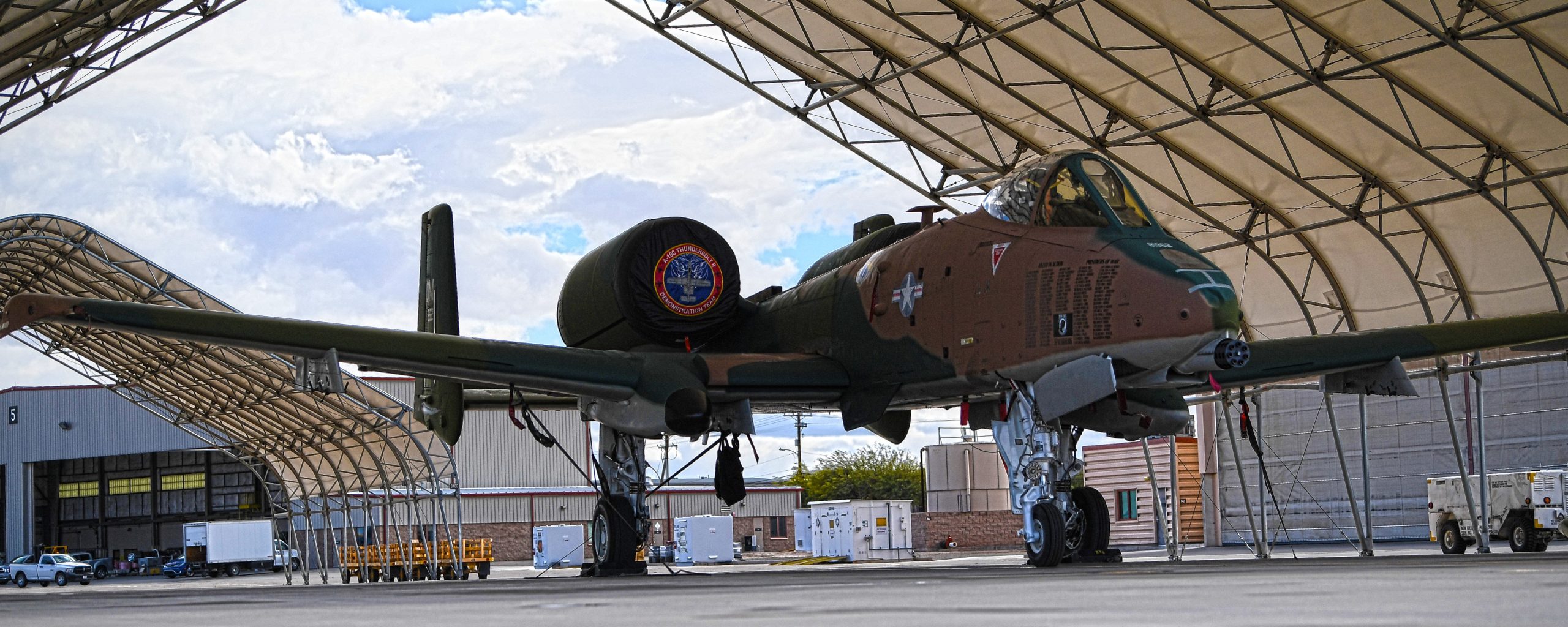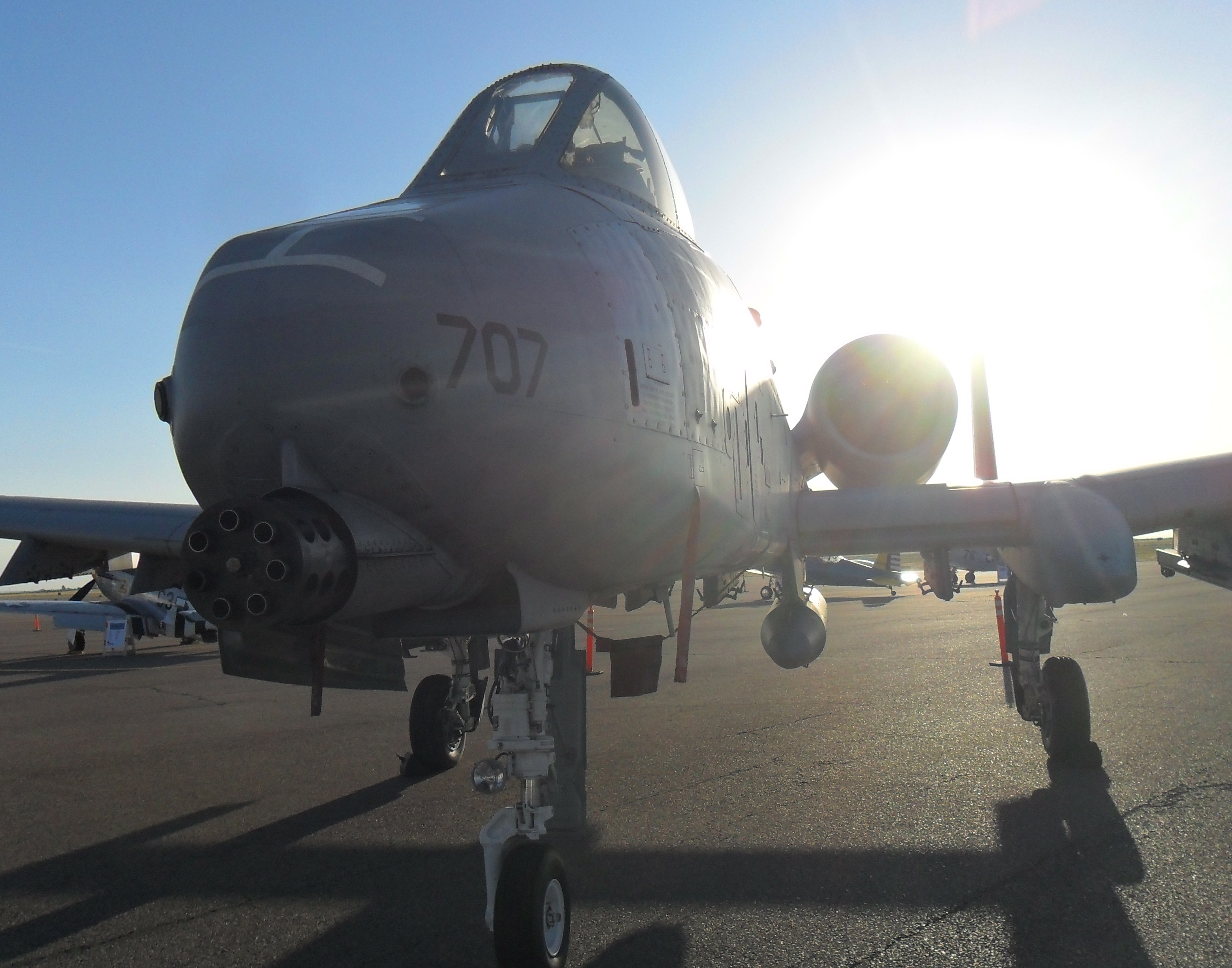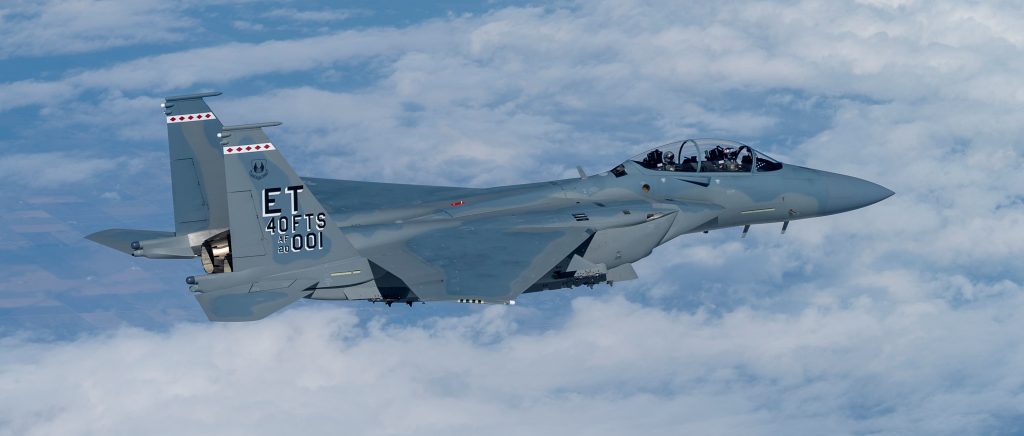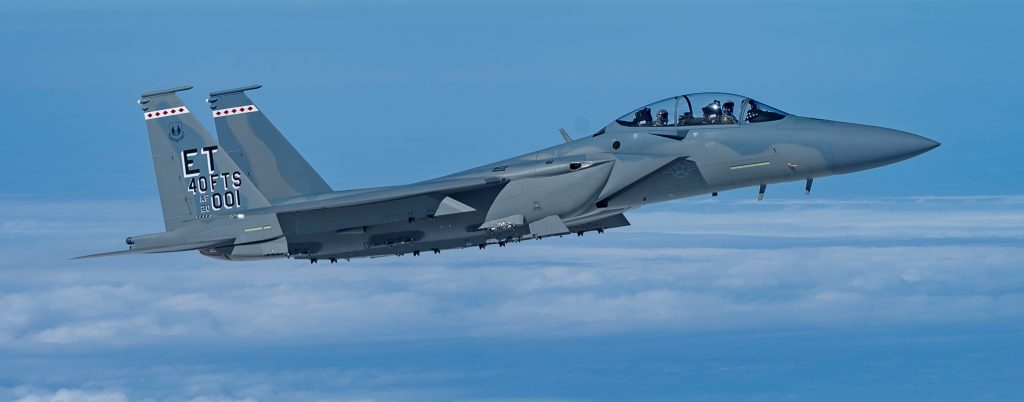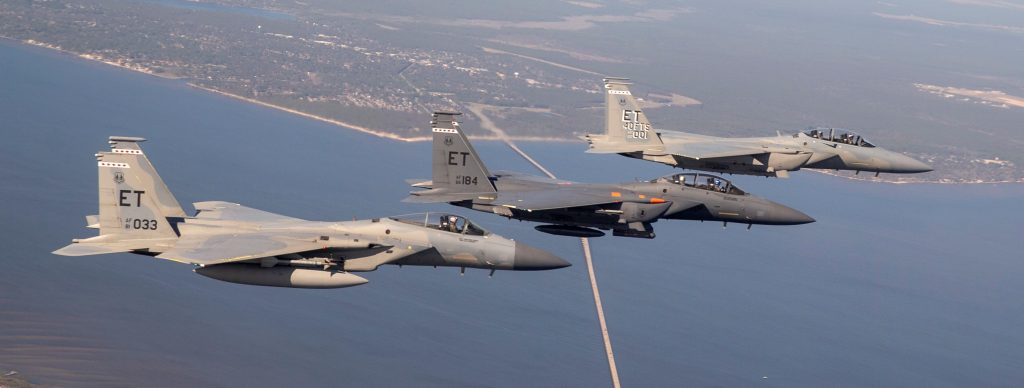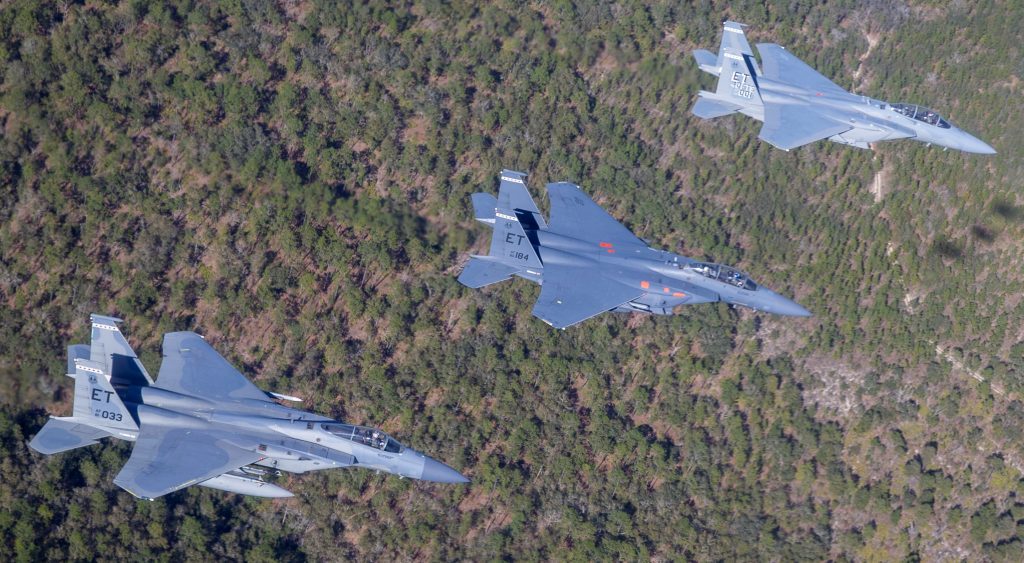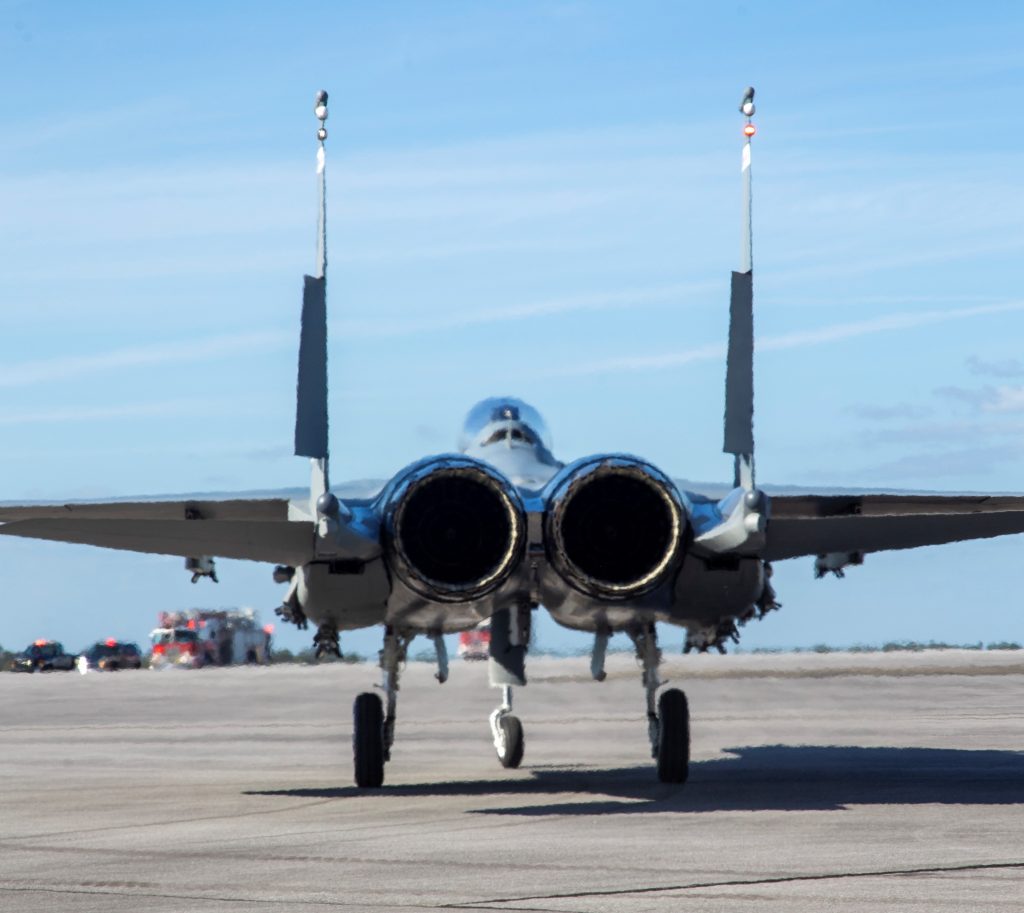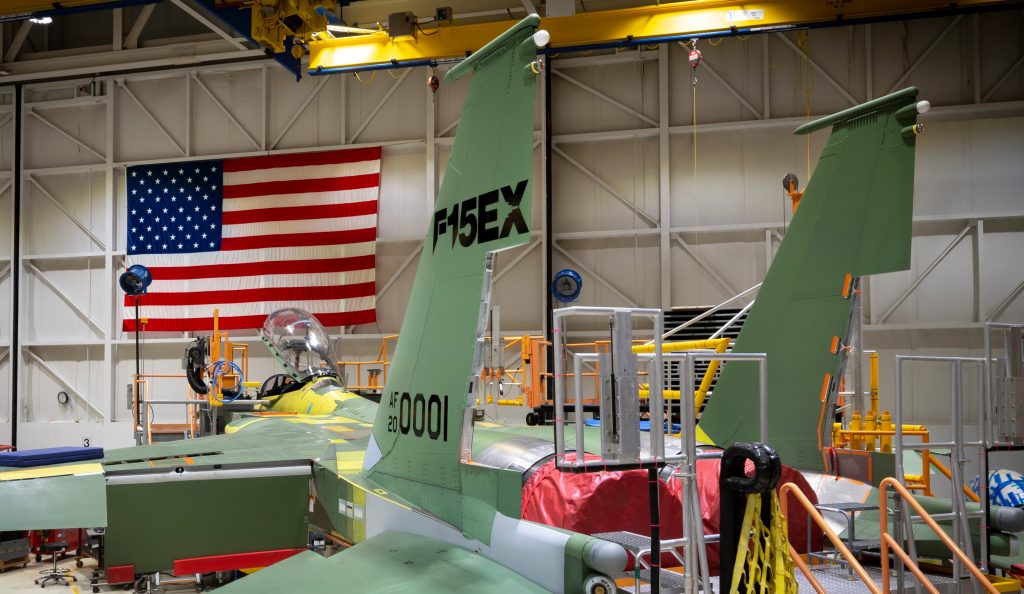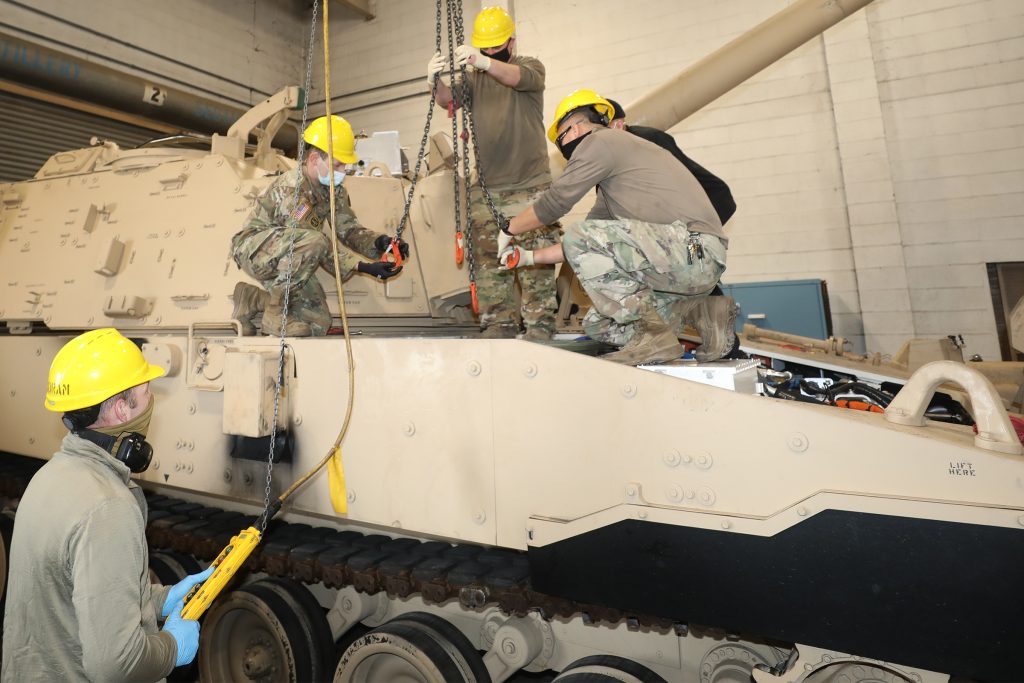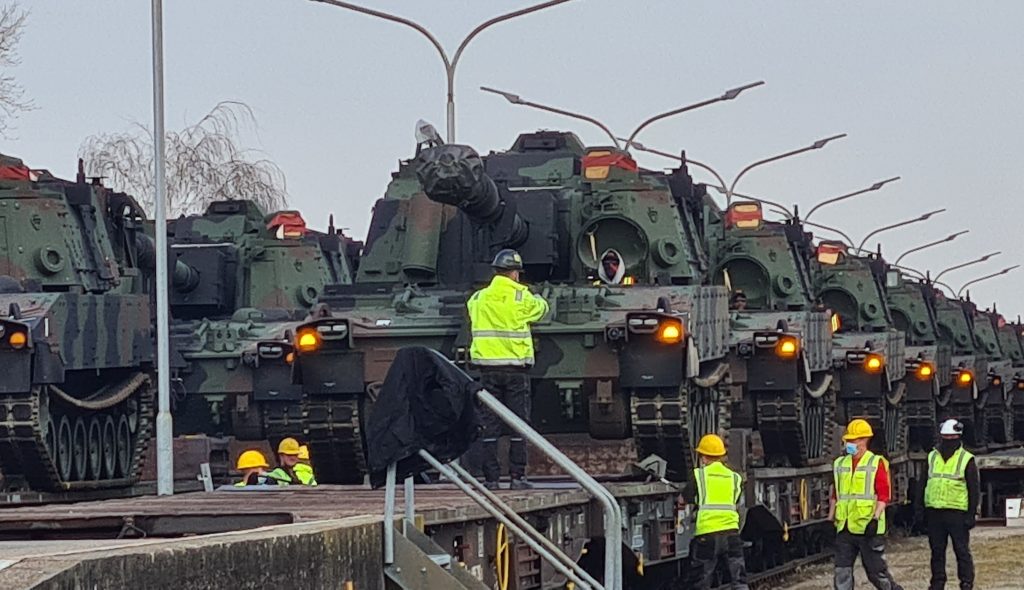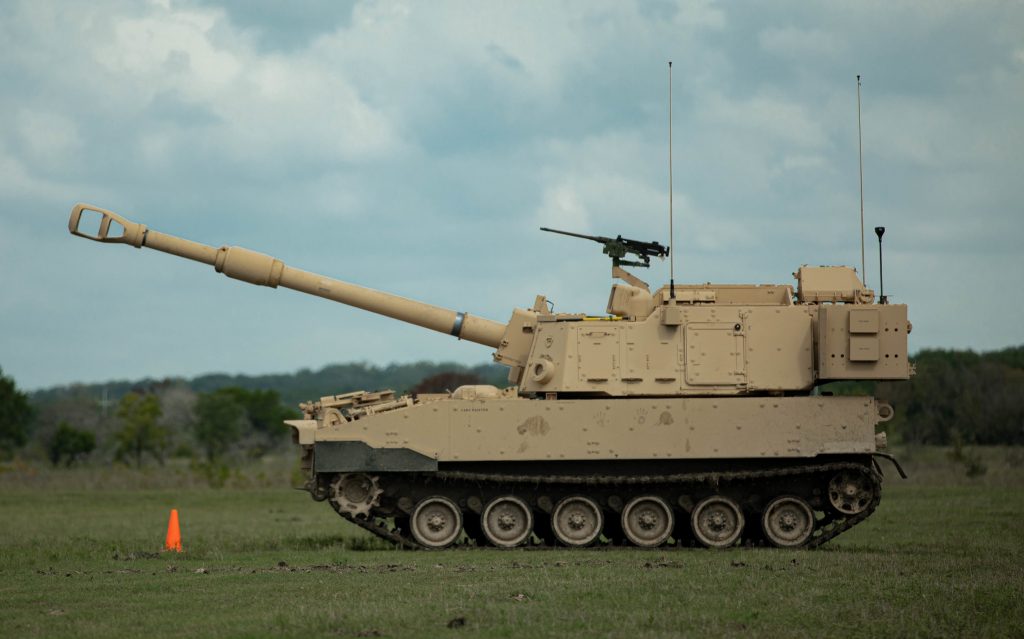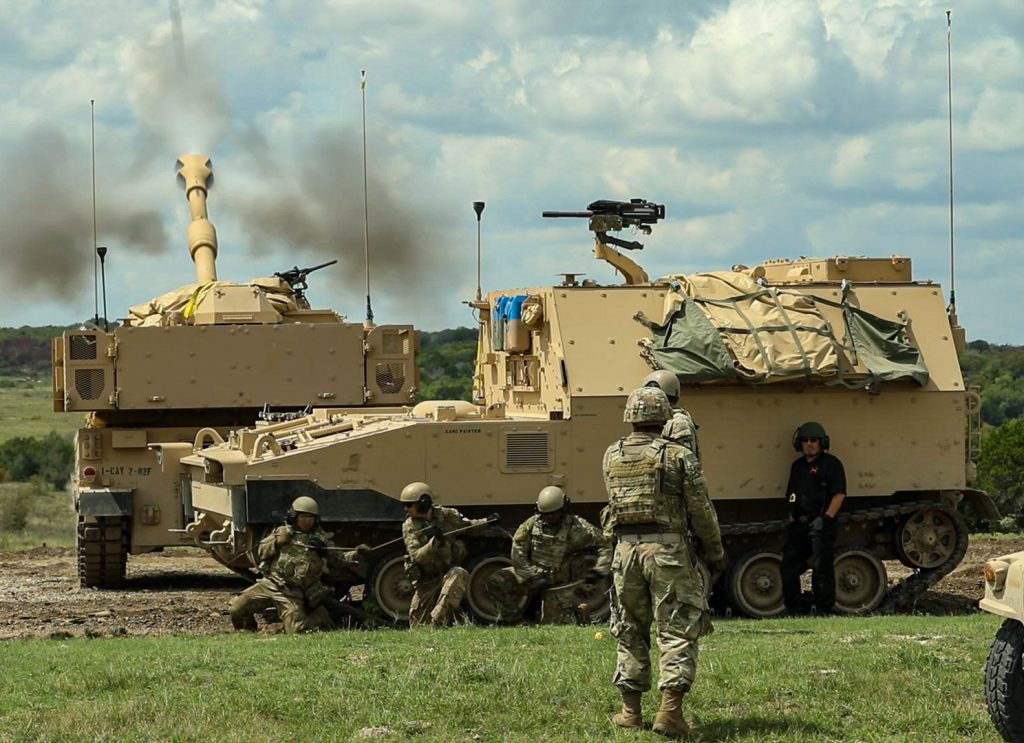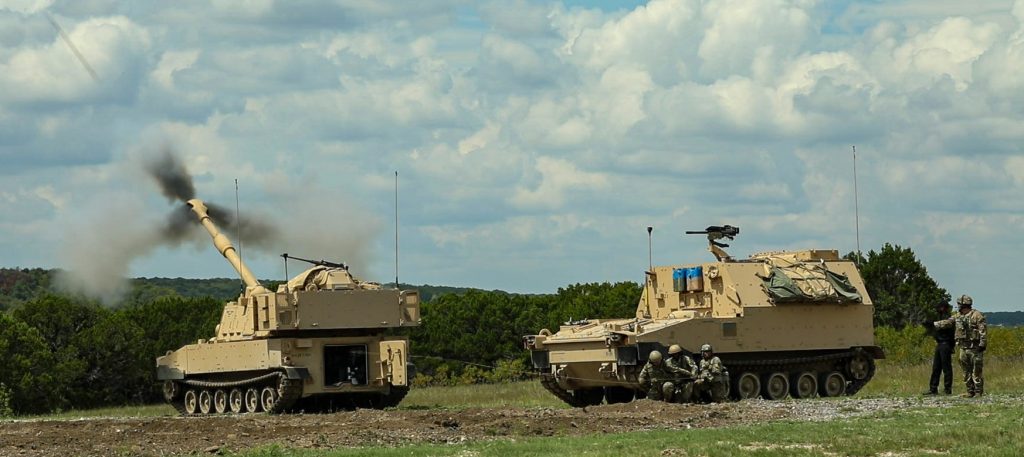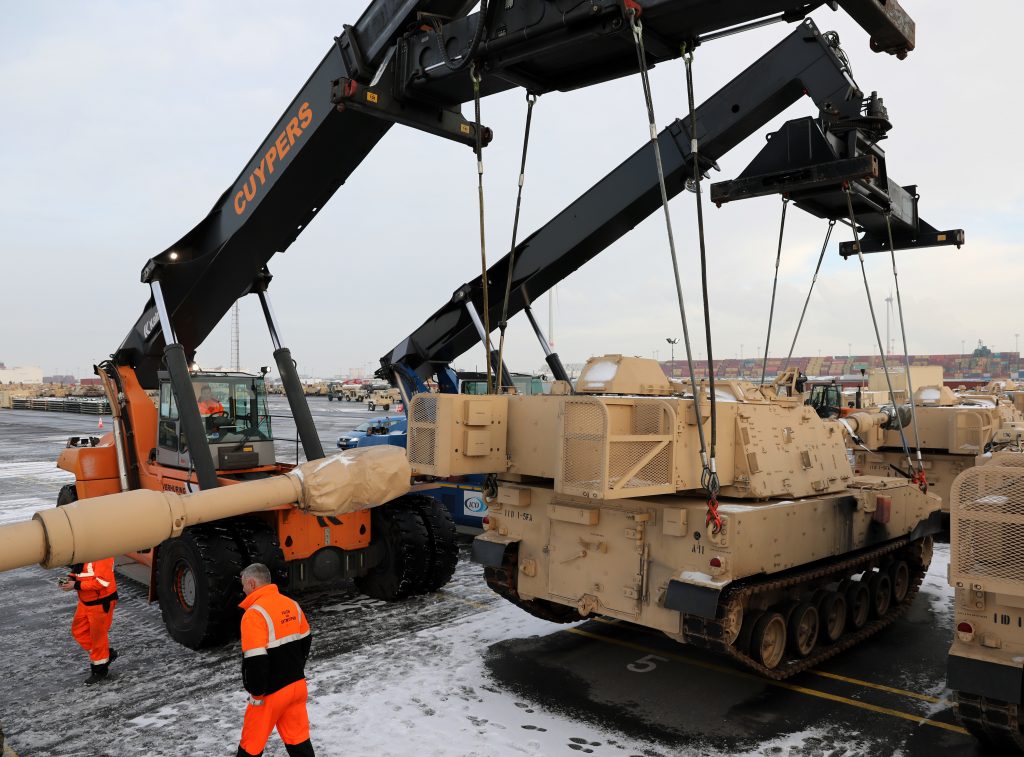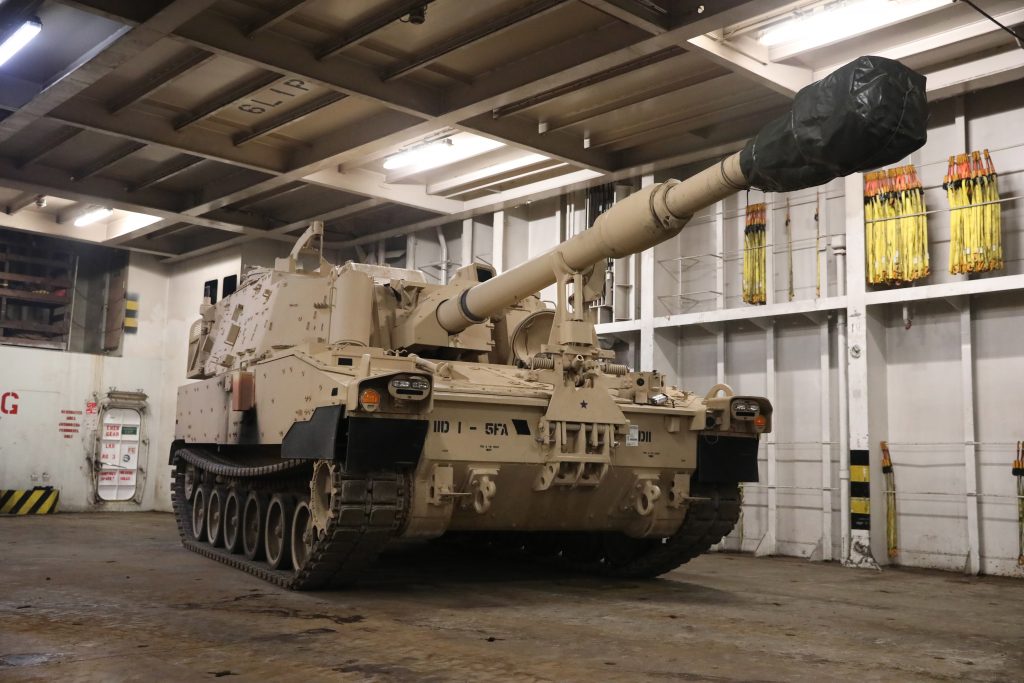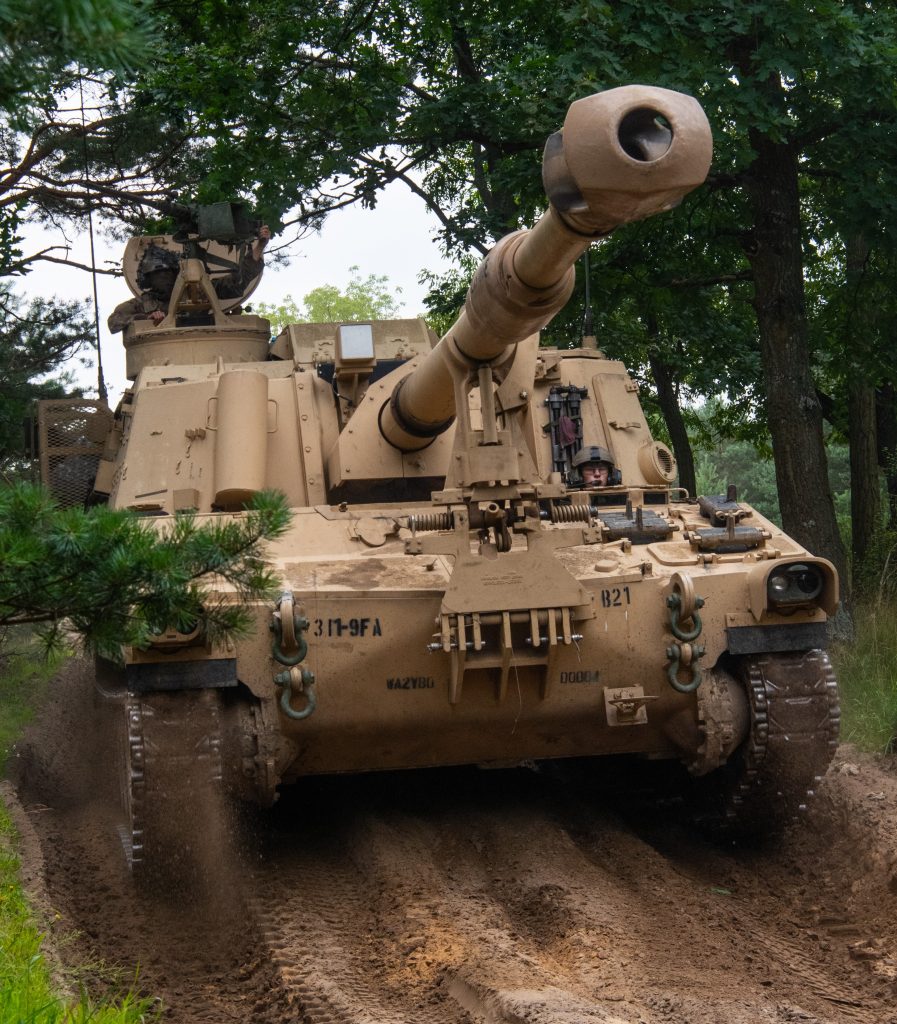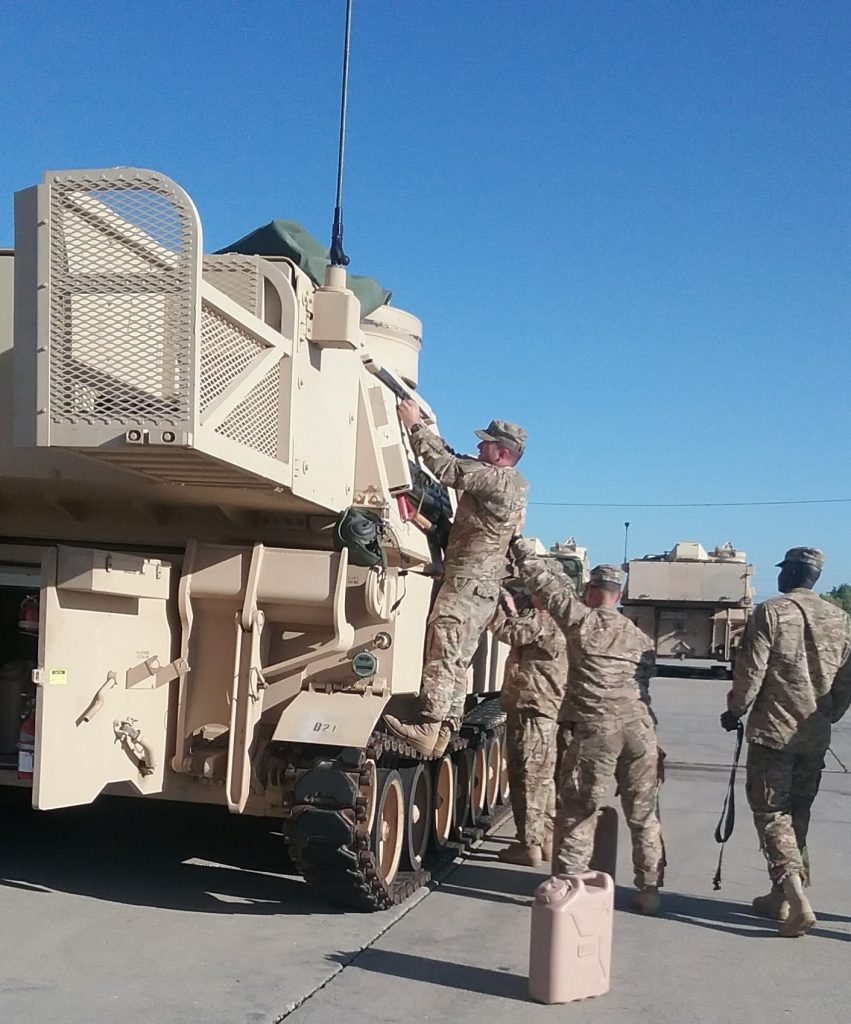
U.S. Air Force photo by Kelly White.
Isn’t it interesting that as the U.S. Air Force (USAF) retires its B-1B bombers (in favor of the new B-21) that the USAF also keeps resurrecting its old B-52s?

U.S. Air Force photo by Kelly White.
In 2020, Wise Guy #6-0034 got resurrected by maintainers on Tinker Air Force Base (AFB), Oklahoma. It’s the second B-52H, that had been mummified on Davis-Monthan AFB in Arizona, to be resurrected.

USAF photo by Kelly White.
Wise Guy arrived on Tinker AFB on 01APR2020. The work done at Tinker is actually the final phase of a three phase regeneration process to bring Wise Guy back to life: “From Tinker, we had representatives from Air Force Life Cycle Management Logistics and Engineering, American Federation of Government Employees Local 916, Quality and the 565th Aircraft Maintenance Squadron. The team integrated the additional Time Compliance Technical Orders and modifications with PDM [Programed Depot Maintenance] to optimize the schedule. The additional work is approximately 10-thousand man hours.”-Jeff Base, 565th Aircraft Maintenance Squadron

USAF photo by Kelly White.
Wise Guy was retired after more than 17-thousand flight hours. The decision to resurrect Wise Guy came in 2016, after a fire destroyed an active duty B-52 (from Minot AFB, North Dakota) on Anderson AFB, Guam.

USAF photo by Kelly White.
Due to a Congressional mandate to maintain a specific number of active B-52s, the USAF decided to replace the B-52 destroyed in a fire, with the mummified Wise Guy.
Inspections of Wise Guy began on Davis-Monthan AFB, in December 2018, with the official phase one regeneration process beginning in January 2019: “We brought in aircraft structural specialists and crew chiefs who performed the initial aircraft structural integrity inspections and then transitioned into providing structural support.“-David Strawderman, Air Force Life Cycle Management Center
Amazingly, Wise Guy was worthy enough to fly, low & slow, to Barksdale AFB, Louisiana, for phase two in May 2019: “It is a true testament to everyone who worked on the aircraft. To be able to pull it from storage and get it air-worthy in this short time is nothing short of amazing. True professionals from across the B-52 enterprise made this effort a success.”-David Strawderman, Air Force Life Cycle Management Center

USAF photo by Master Sergeant Ted Daigle.
Video by Airman Maxwell Daigle, zombified Wise Guy arrives on Barksdale AFB:

USAF photo by Master Sergeant Ted Daigle.

USAF photo by Master Sergeant Ted Daigle.
A note found inside the cockpit of Wise Guy, after arrival at Barksdale AFB.

USAF photo by Ron Mullan.
Back on Tinker AFB, phase three was rolling along in November 2020.

USAF photo by Ron Mullan.
Wise Guy had sat, exposed to the elements of the Arizona desert, for ten years.

USAF photo by Ron Mullan.
While the resurrection work was plodding along on Wise Guy, right next door another resurrected B-52H known as Ghost Rider 6-1007 just happened to be undergoing a regular PDM. Coincidence? Ghost Rider was fully resurrected by September 2016.

USAF photo by Ron Mullan.
By the end of February 2021, both Wise Guy and Ghost Rider were ready to fly home.

USAF photo by Paul Shirk.
Wise Guy arrived on its new home of Minot AFB, North Dakota, on 09MAR2021.

USAF photo by Airman First Class Jesse Jenny.
Video by by Airman First Class Zachary Wright, Wise Guy touches down on Minot AFB:

USAF photo by Airman First Class Jesse Jenny.
Bare Metal Bombers: 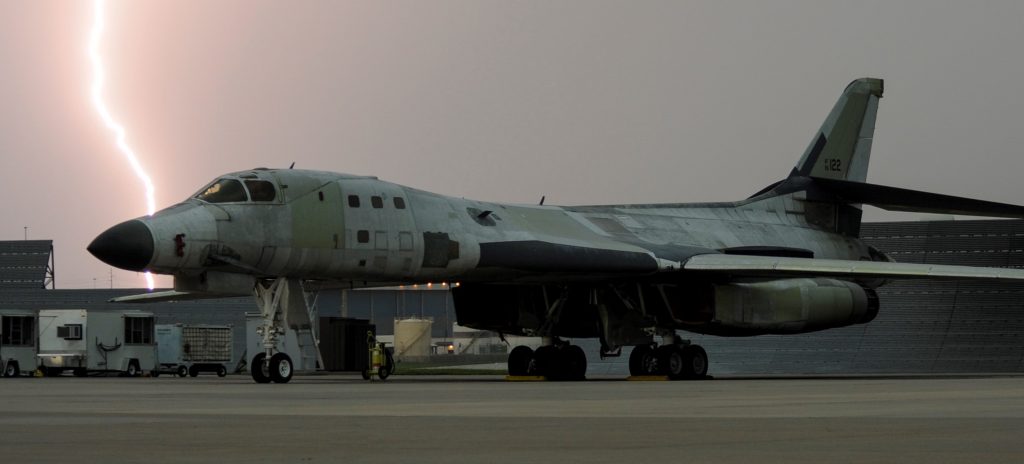 B-1B & B-52H Ghost Rider
B-1B & B-52H Ghost Rider
Divestiture:  ANOTHER B-1B ‘BONE’ SENT TO THE BONEYARD! IS THE END NEAR?
ANOTHER B-1B ‘BONE’ SENT TO THE BONEYARD! IS THE END NEAR?




